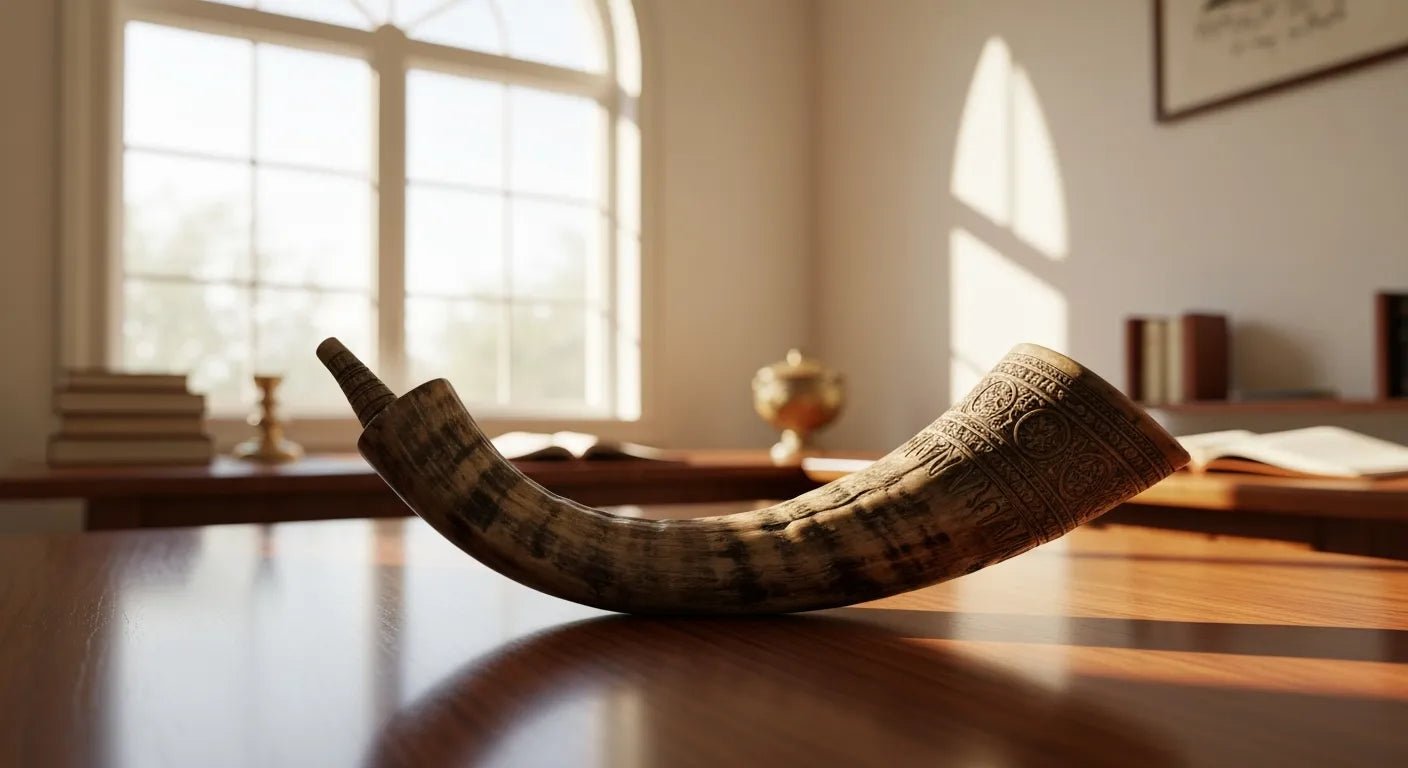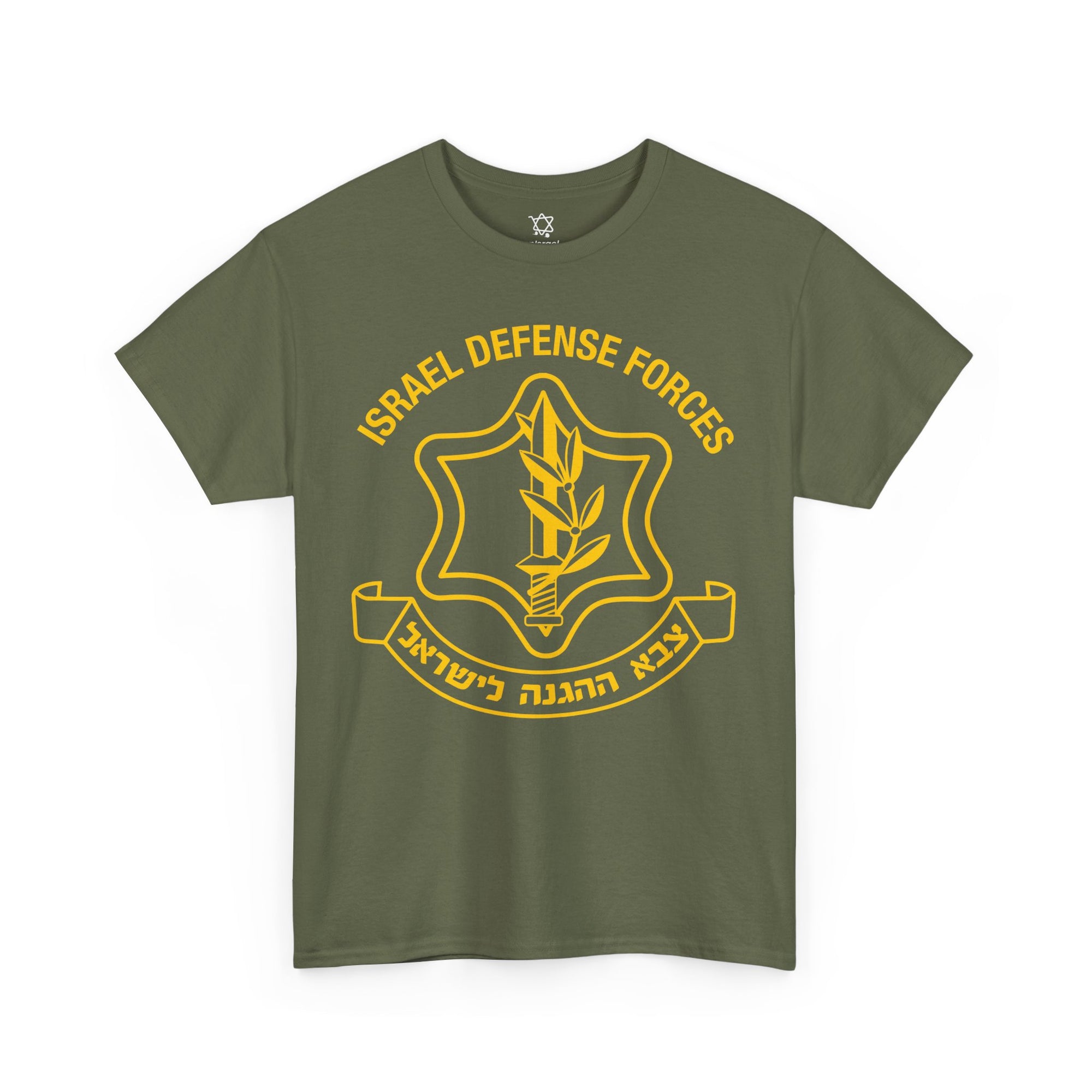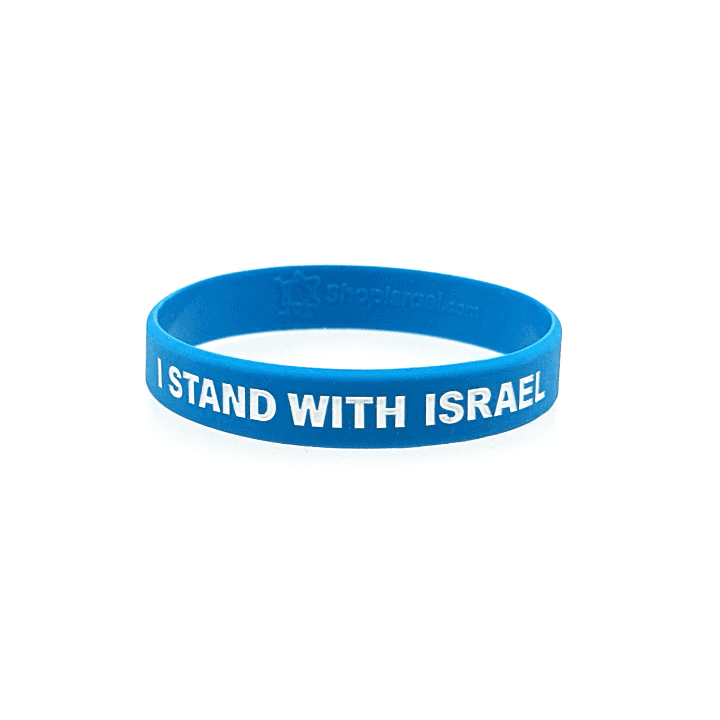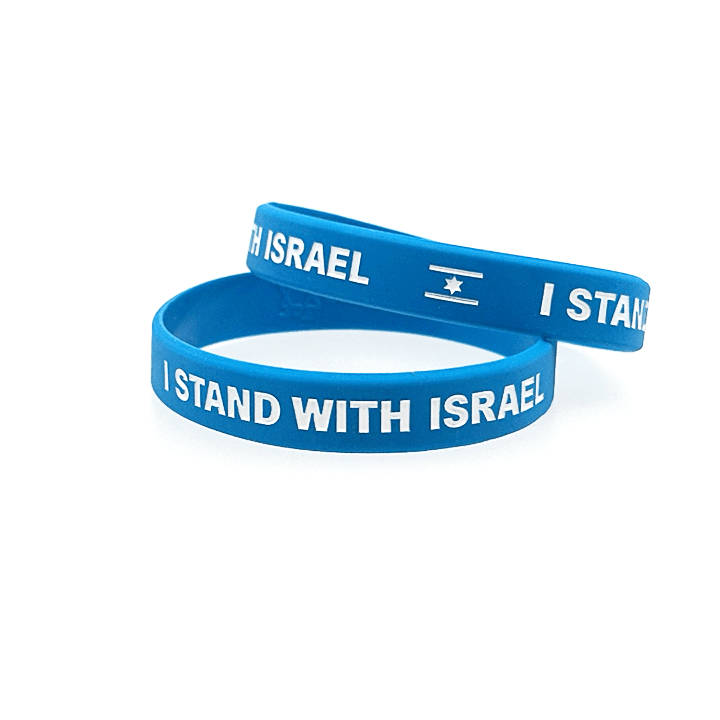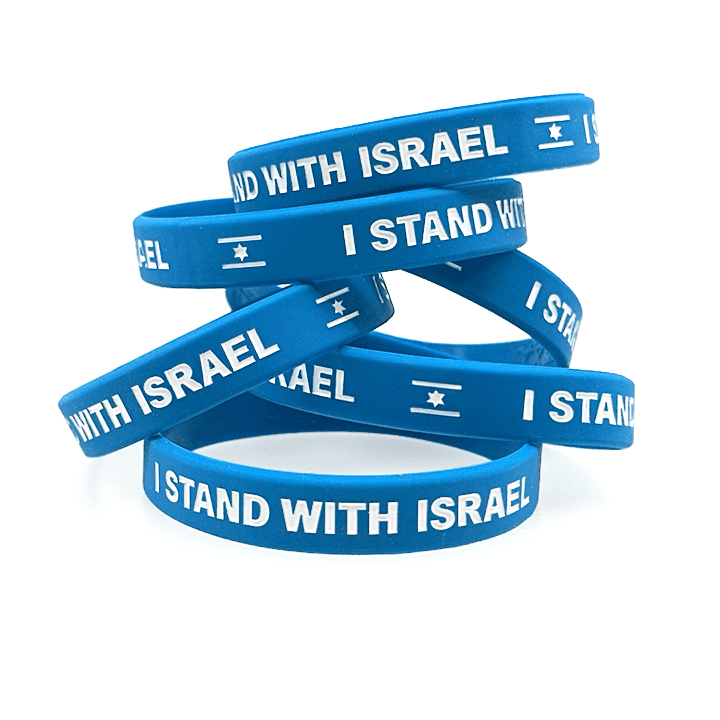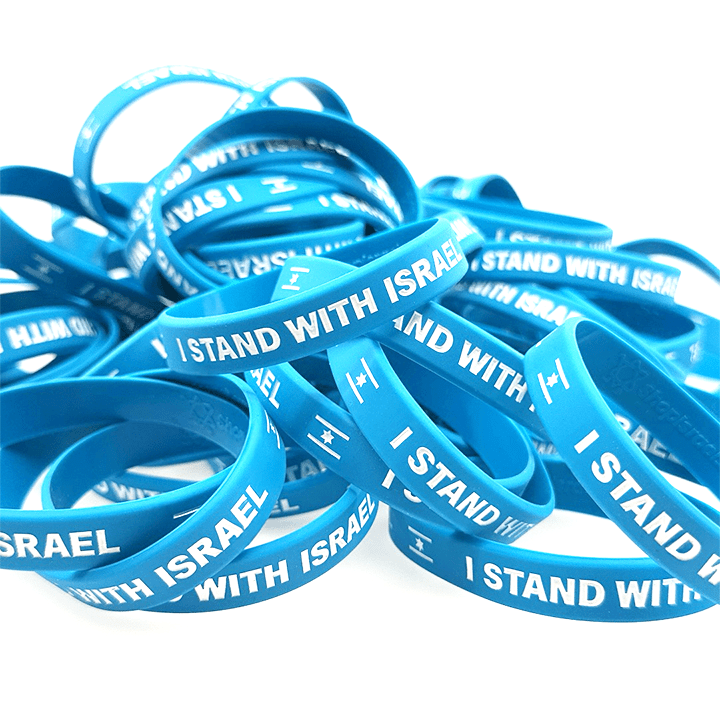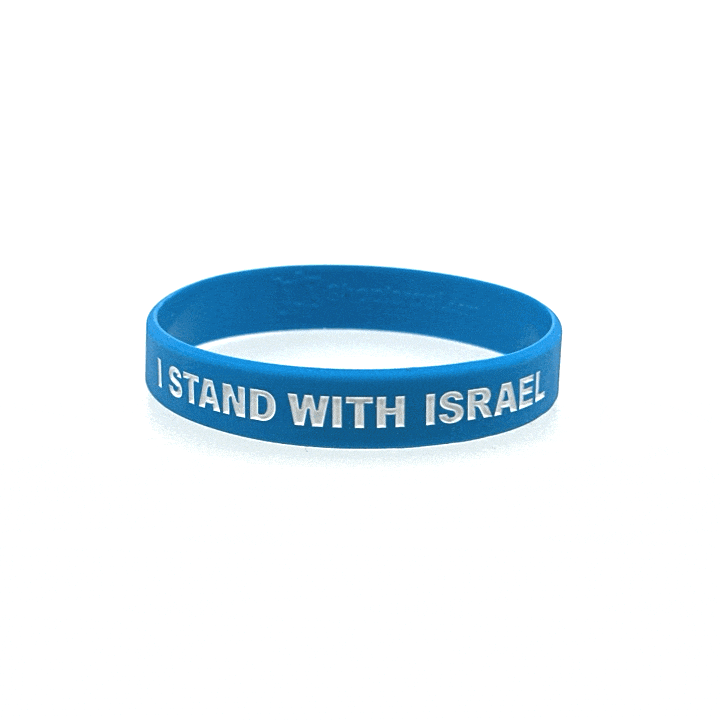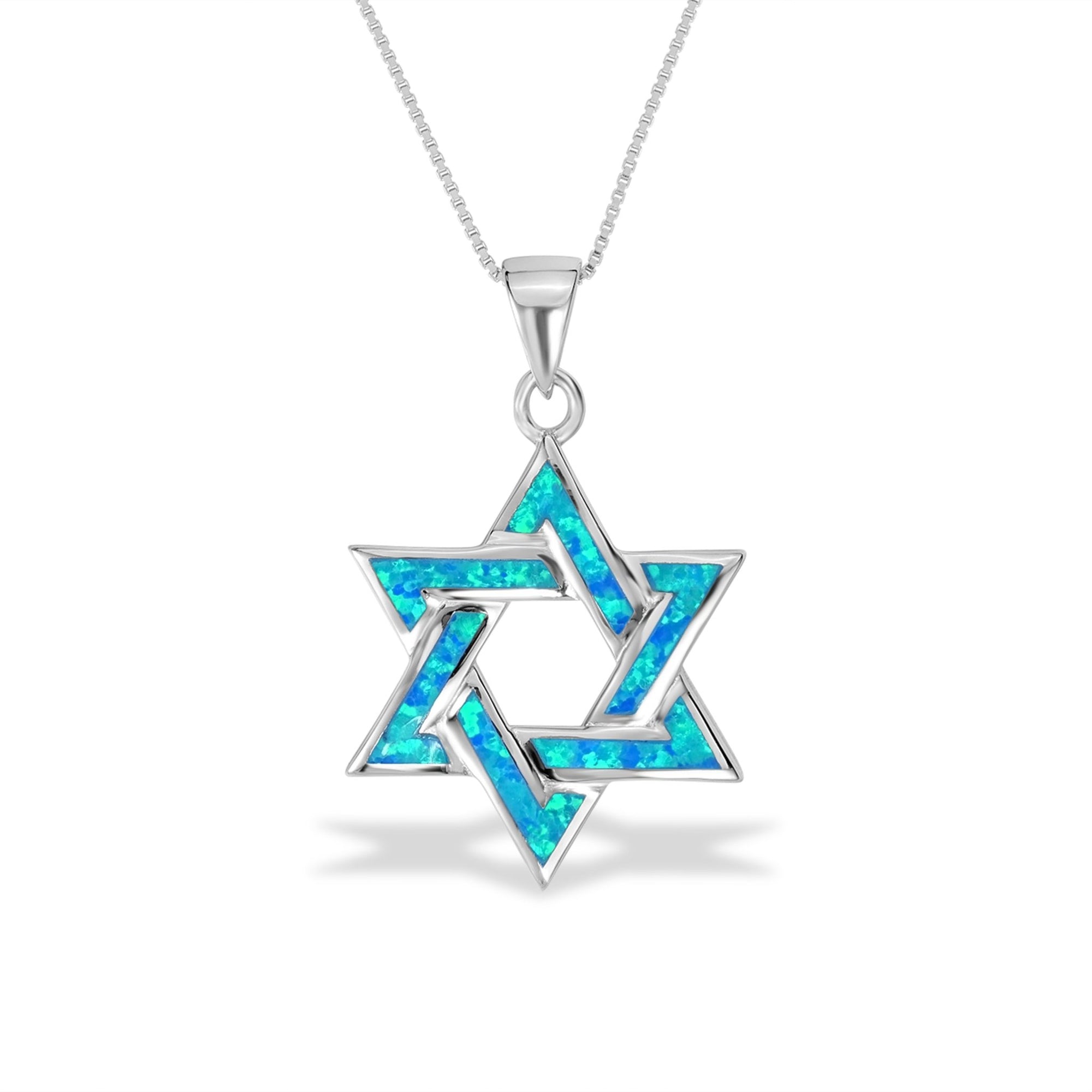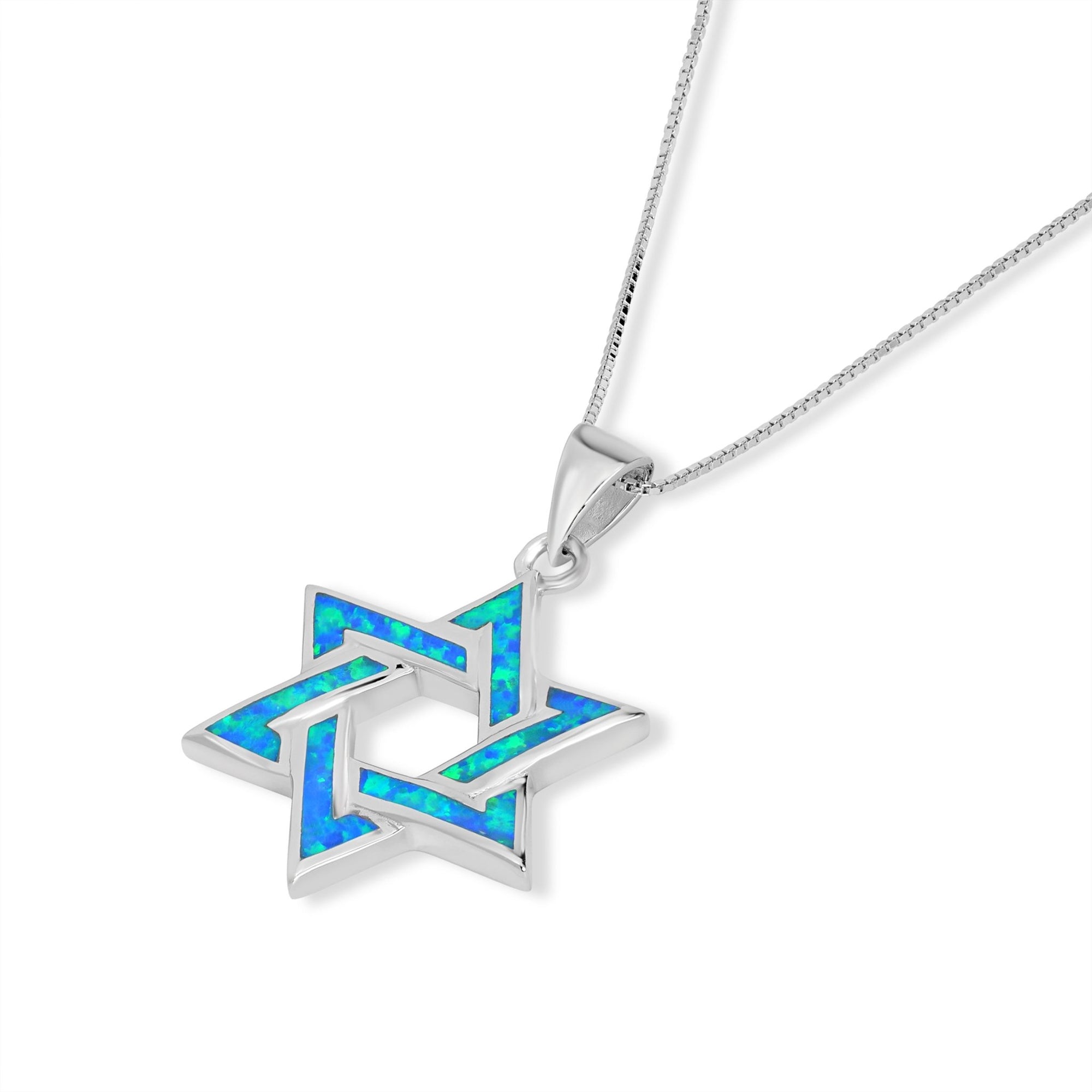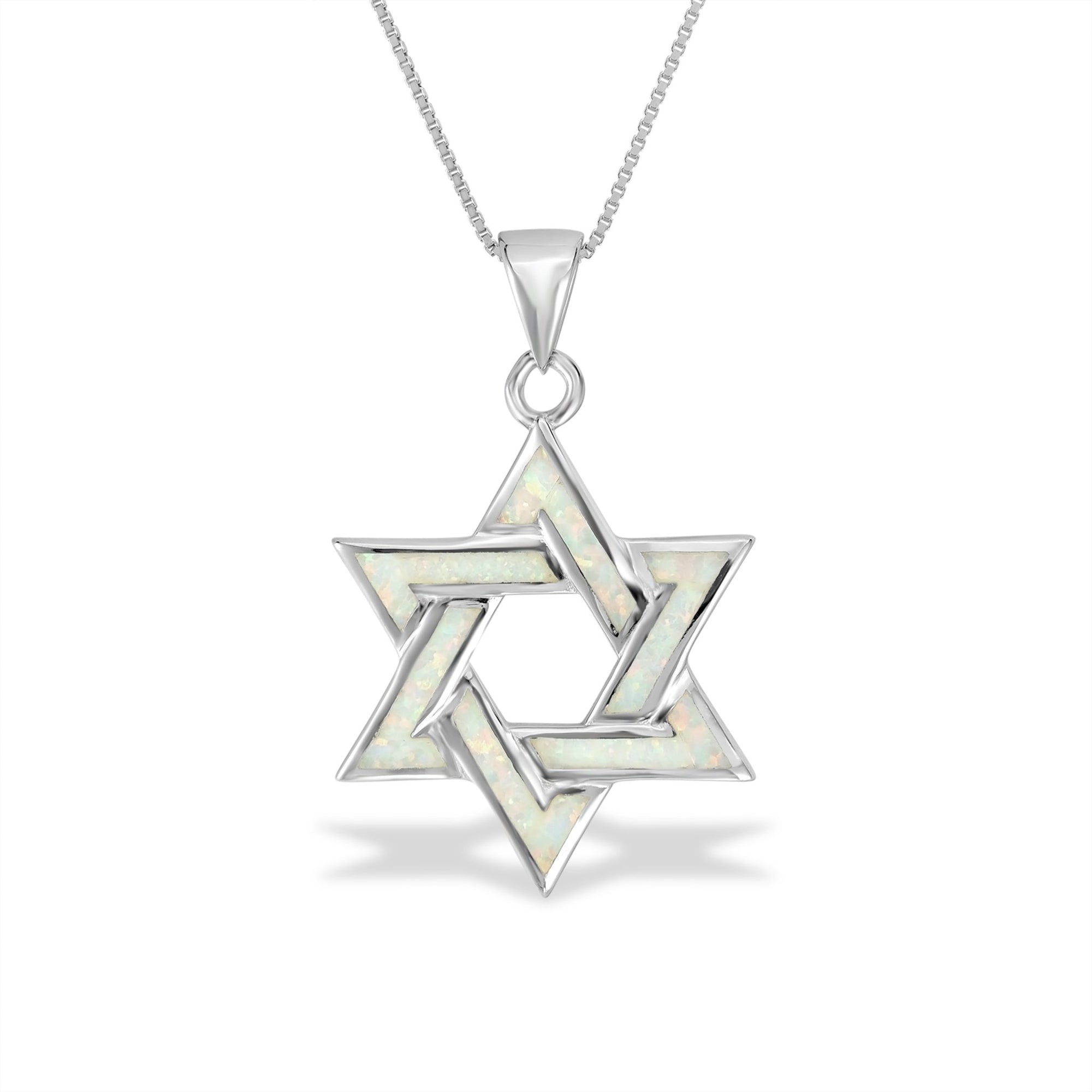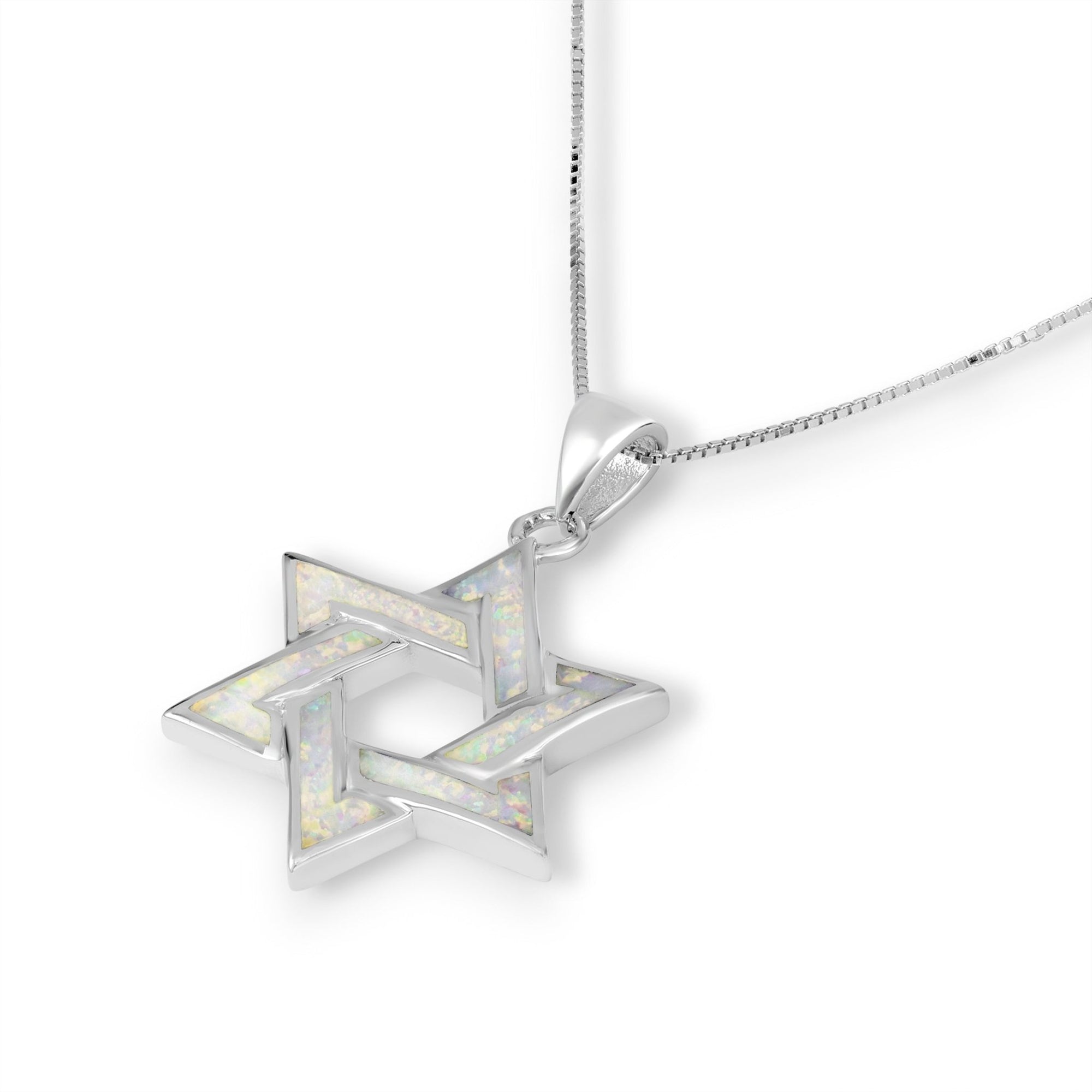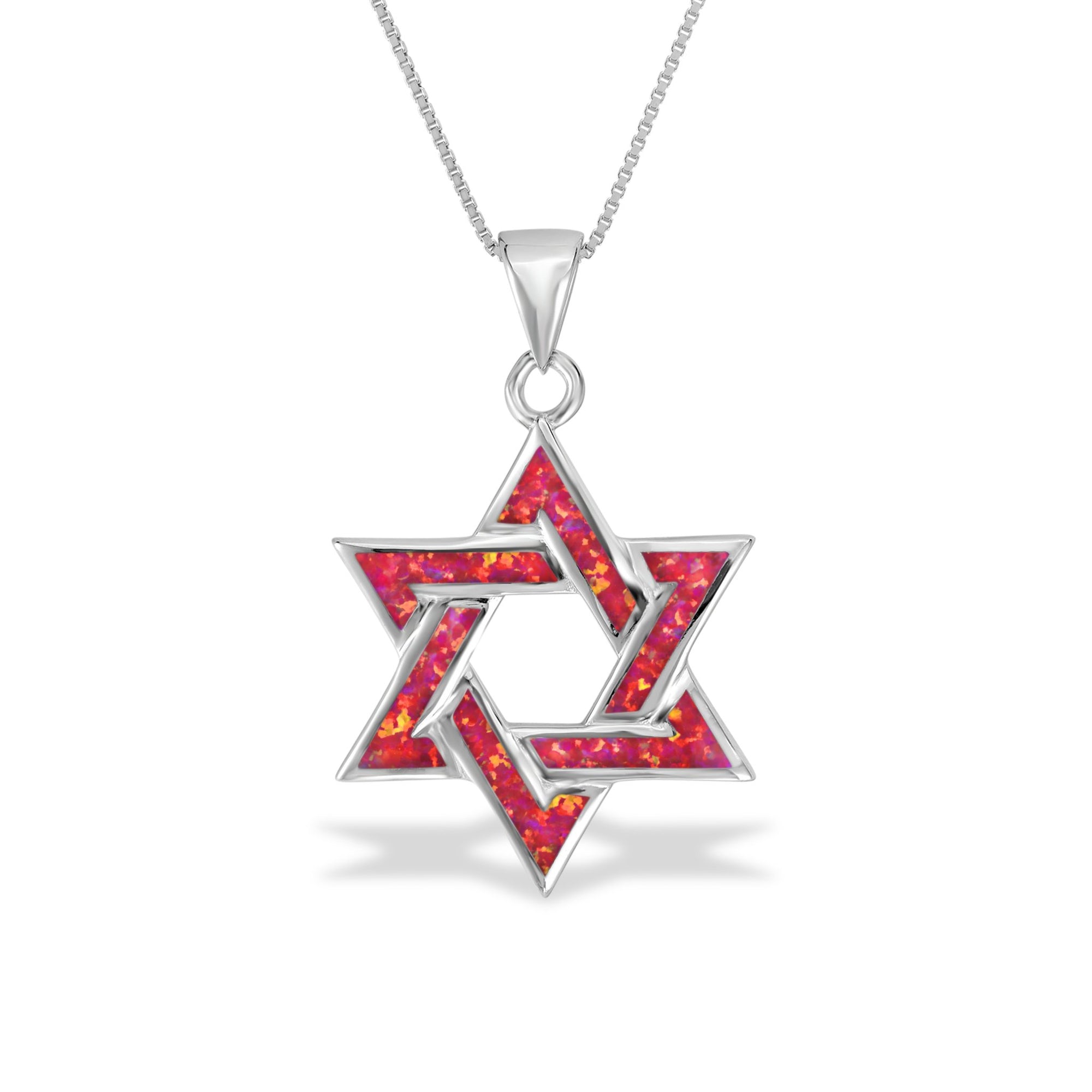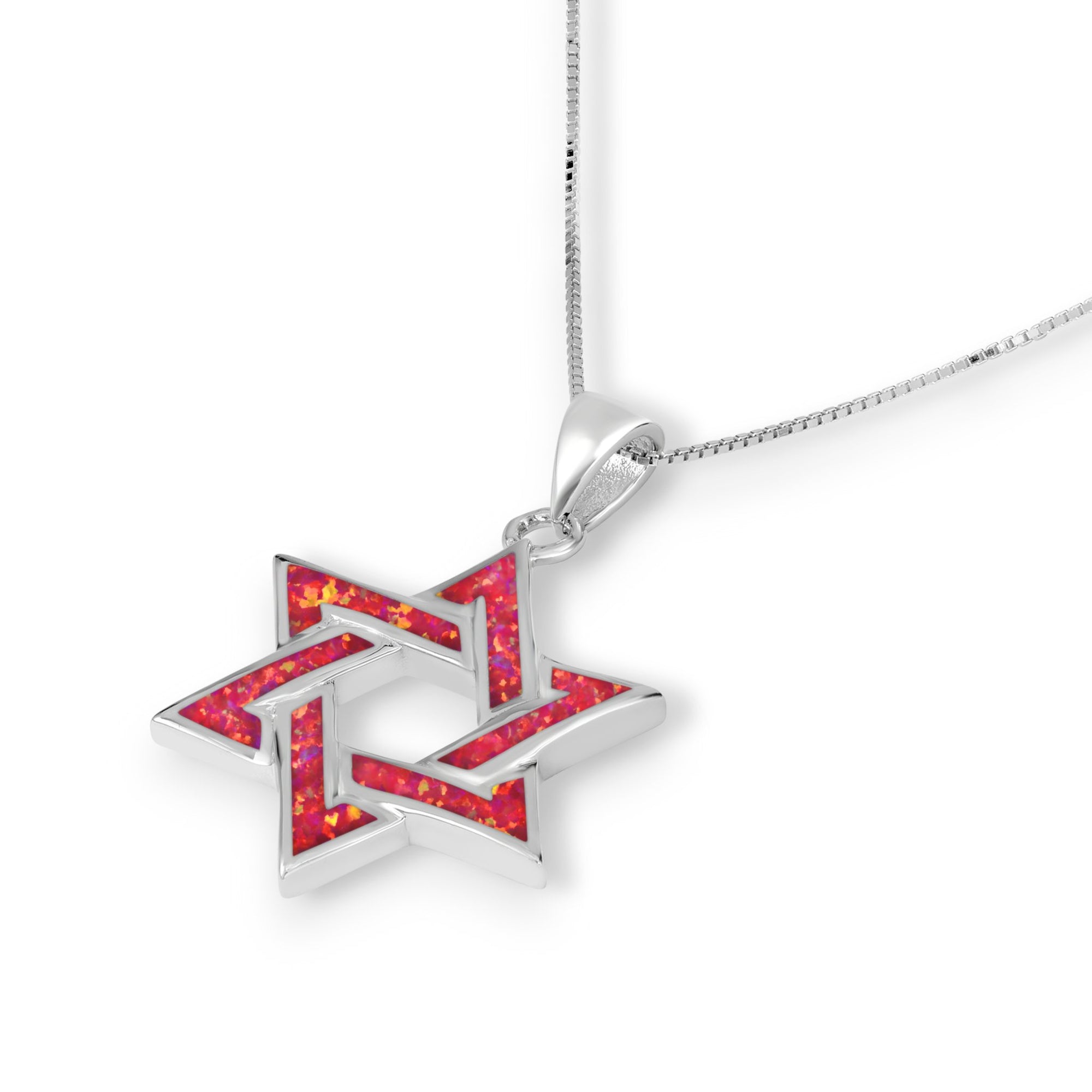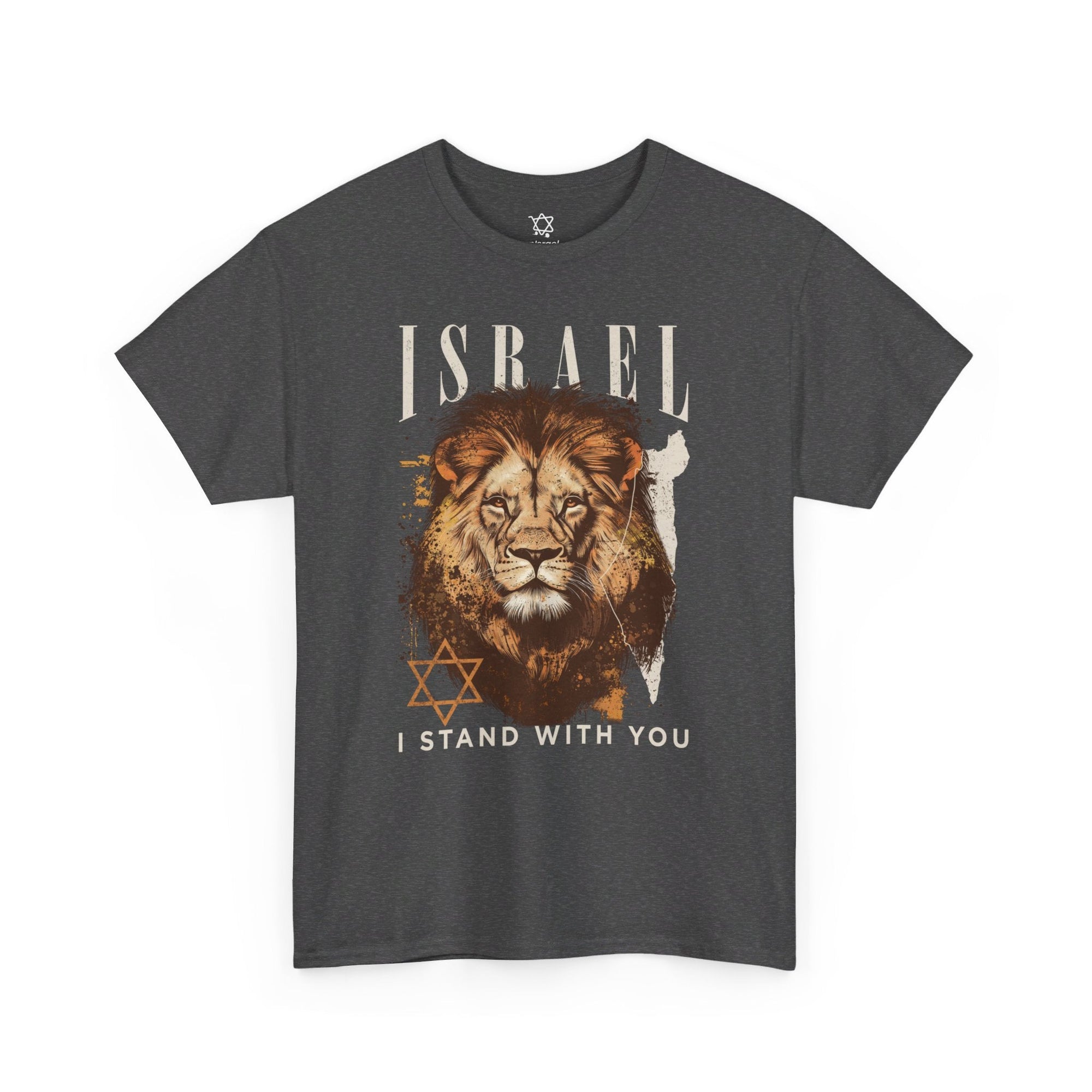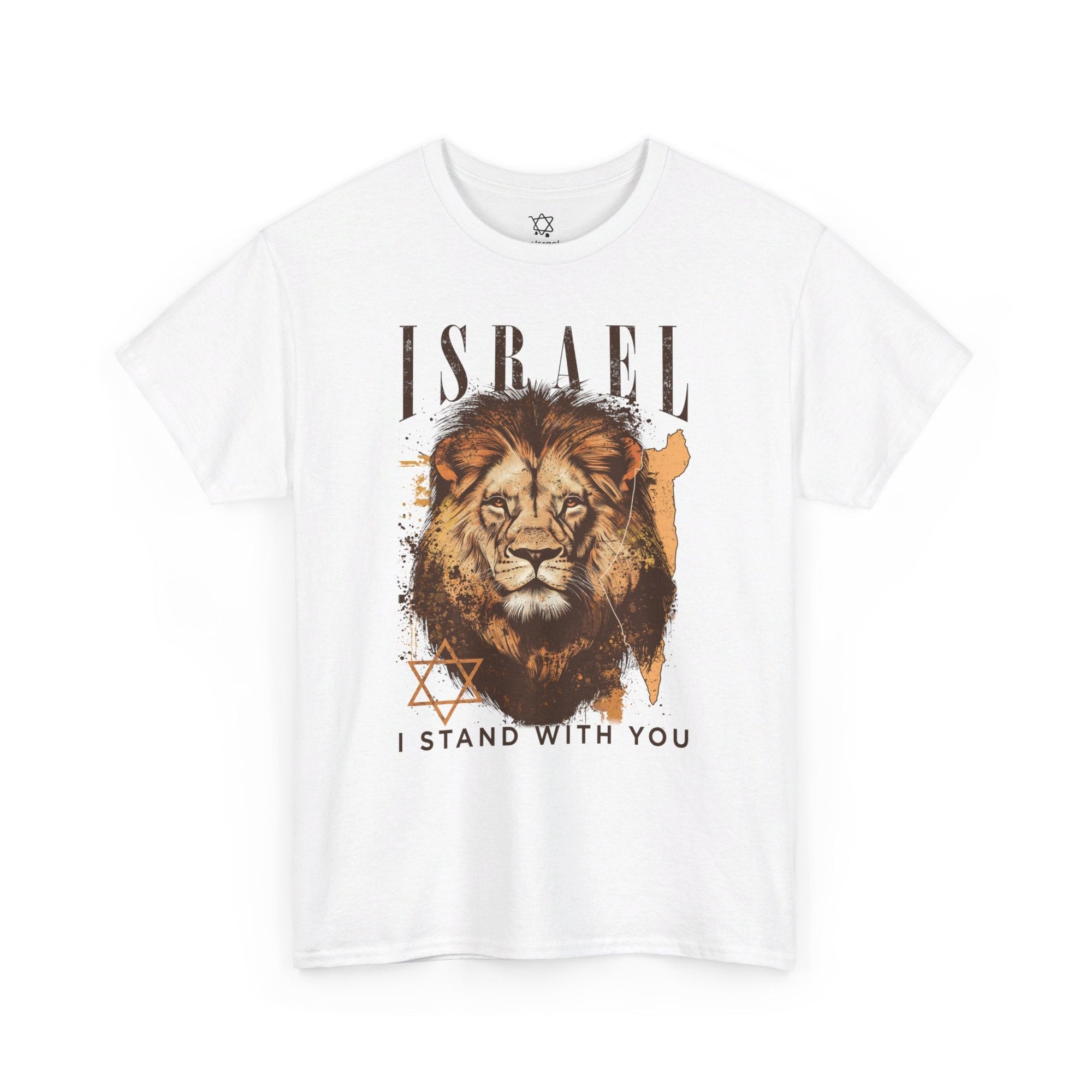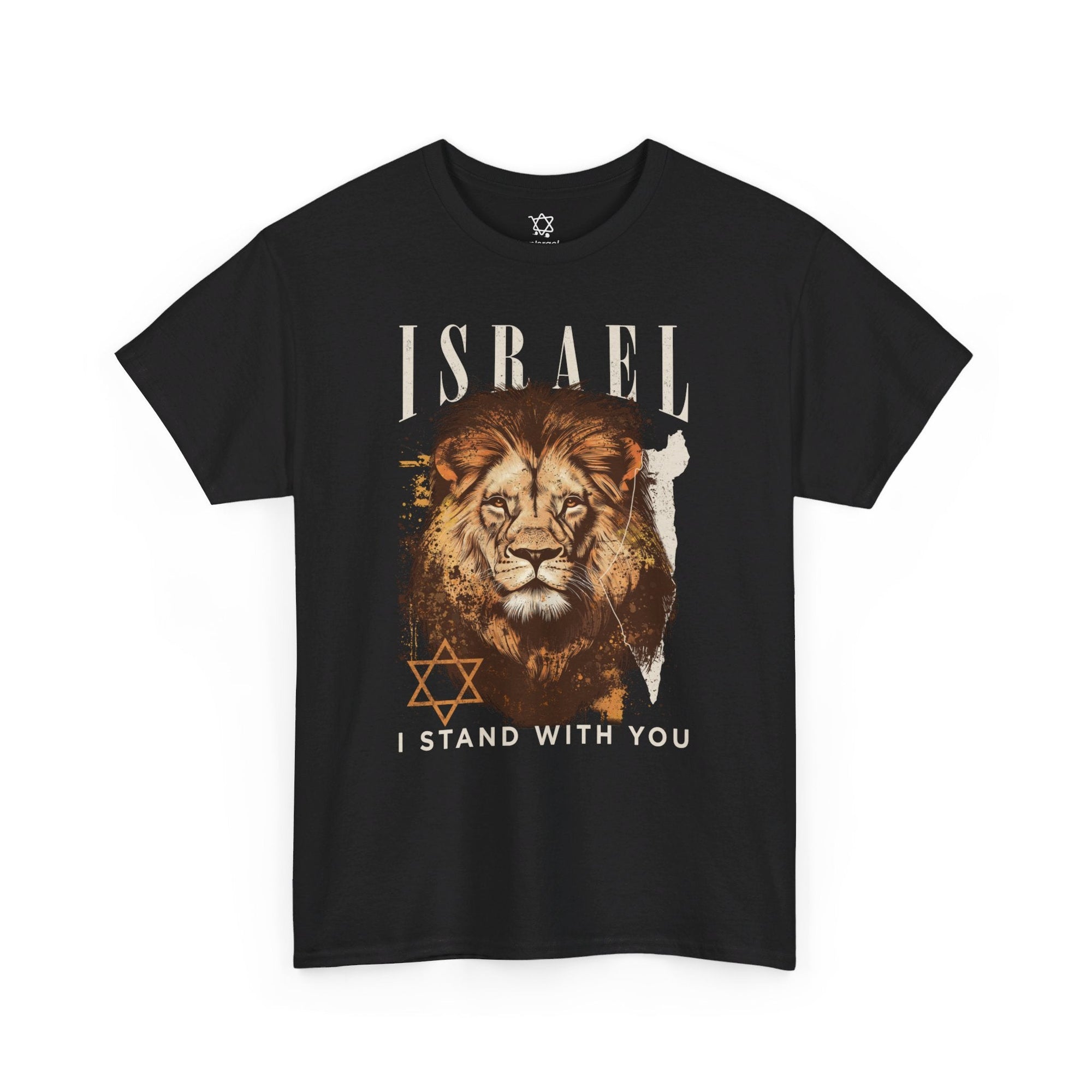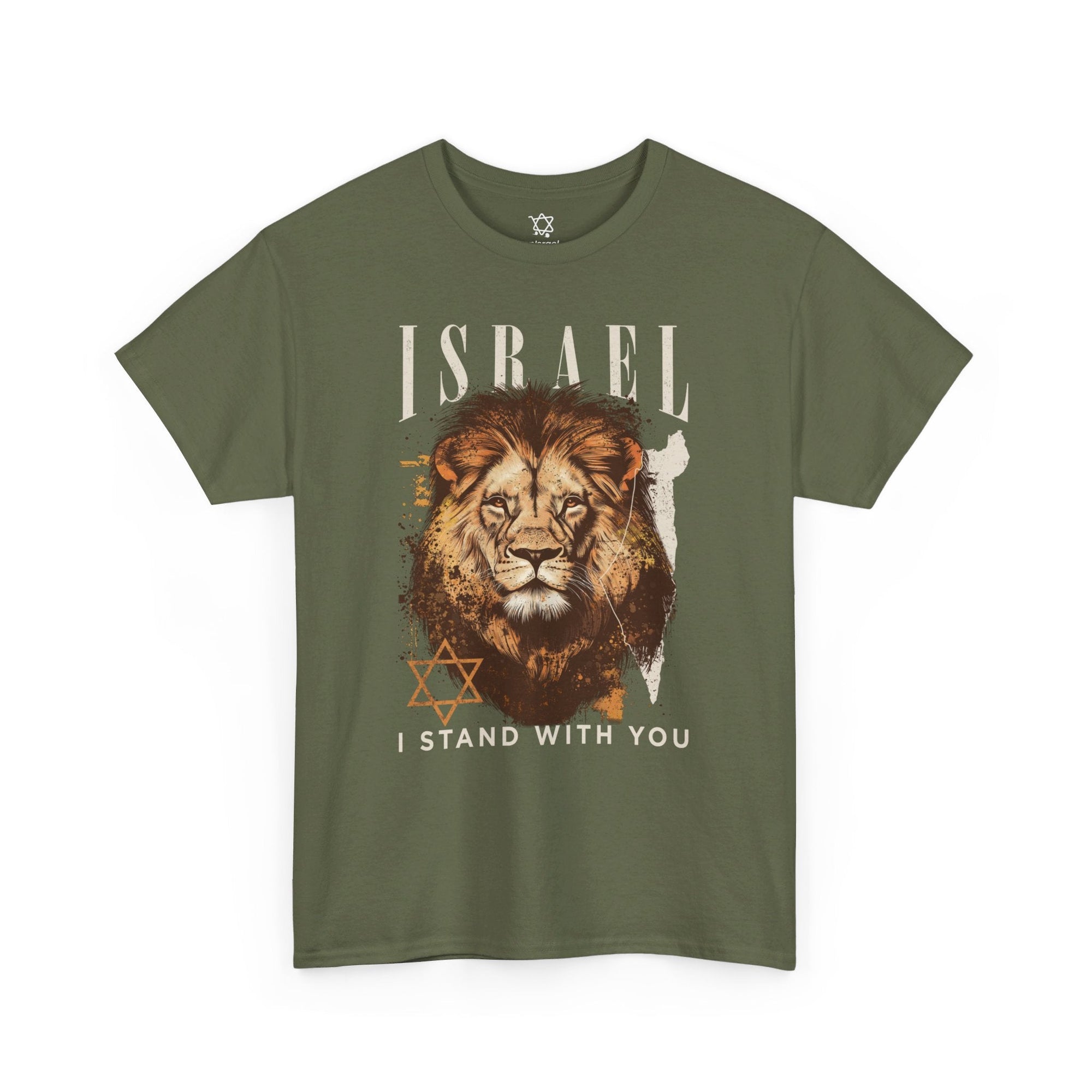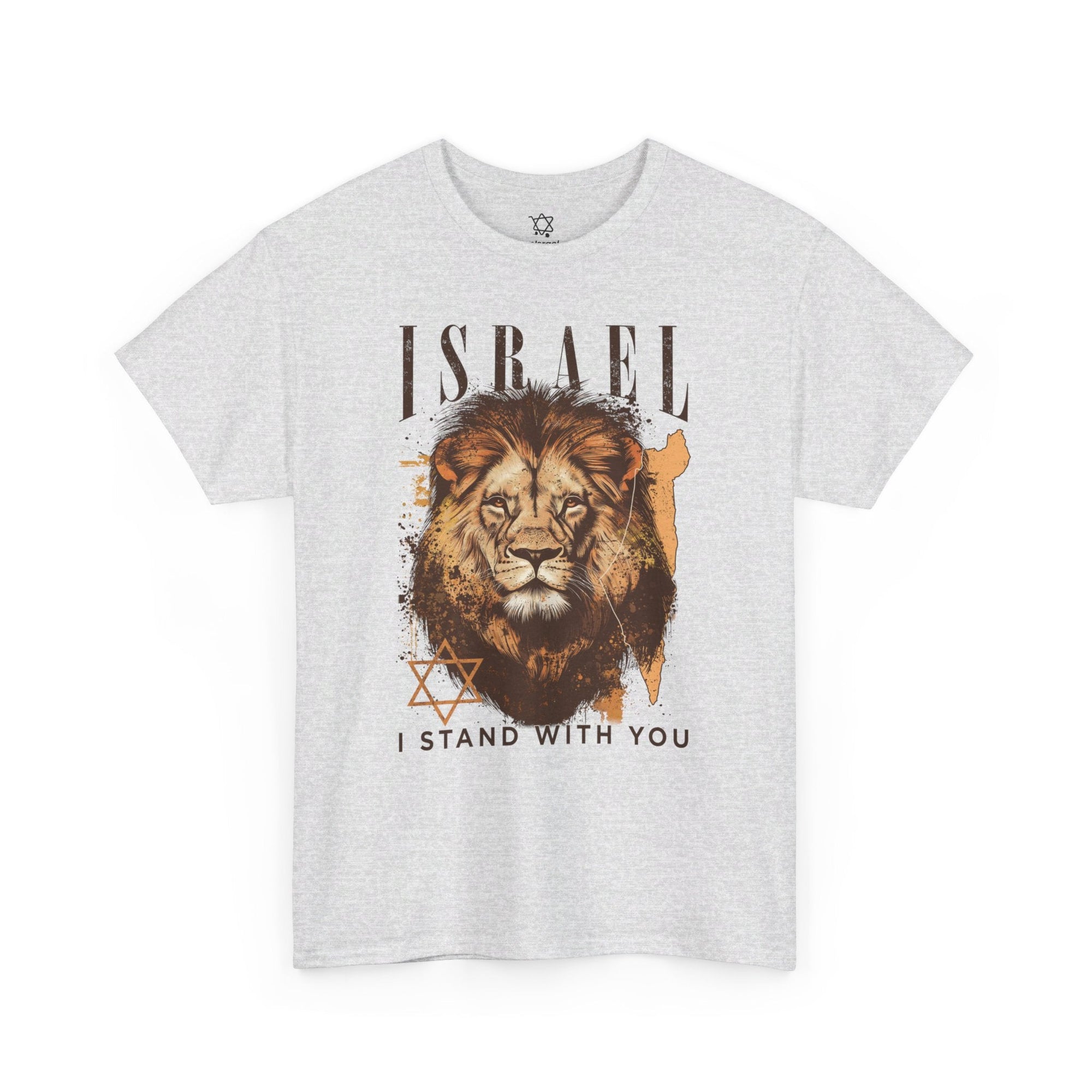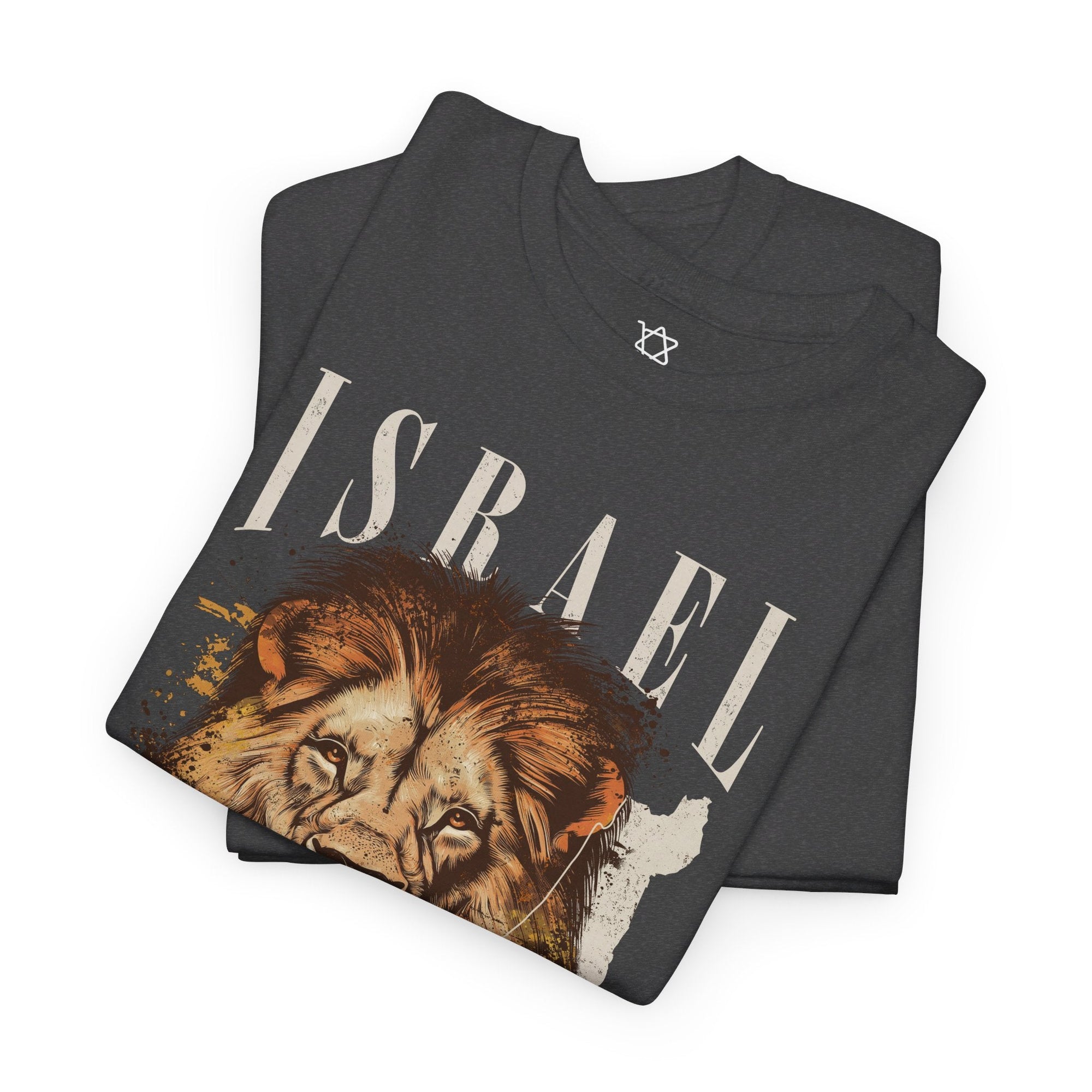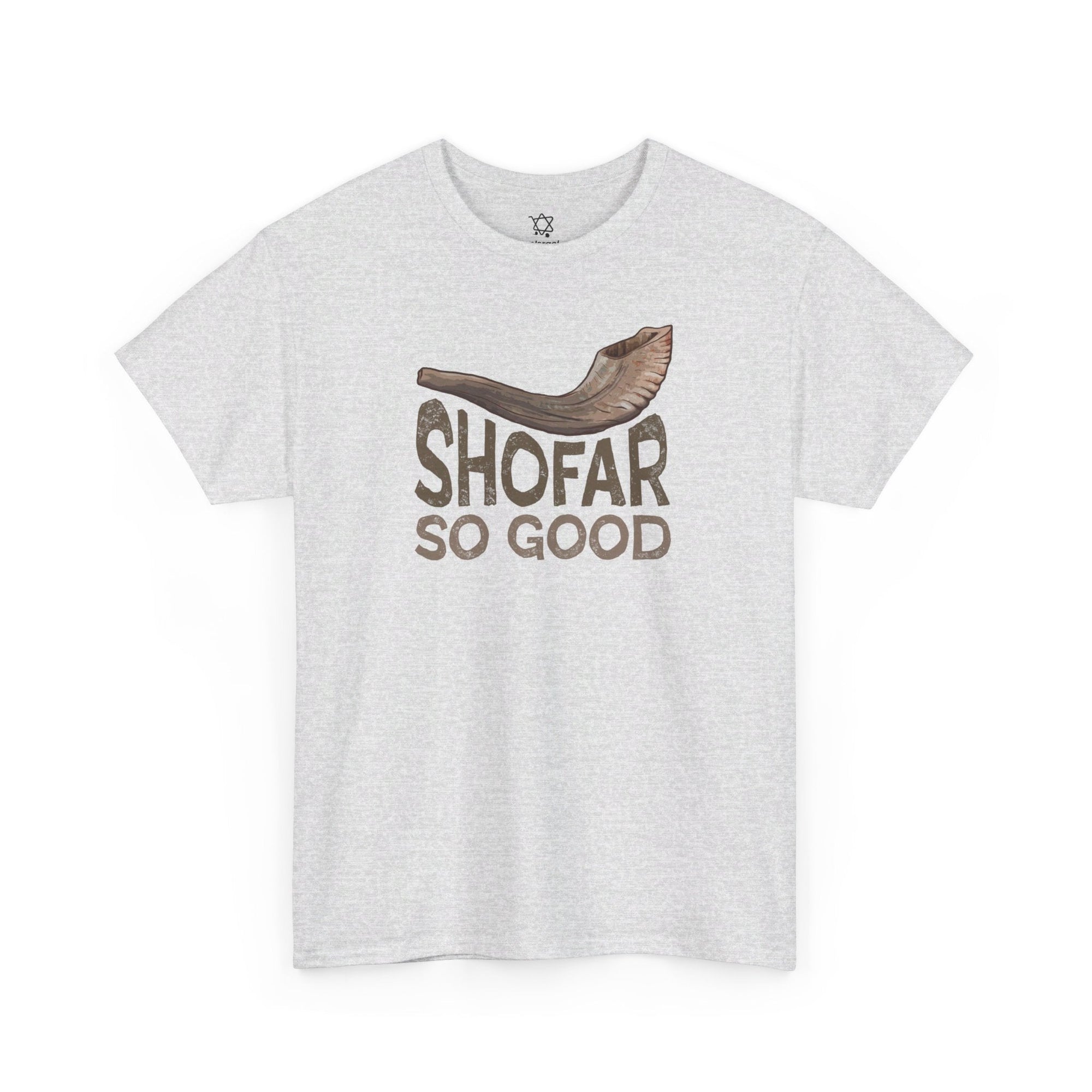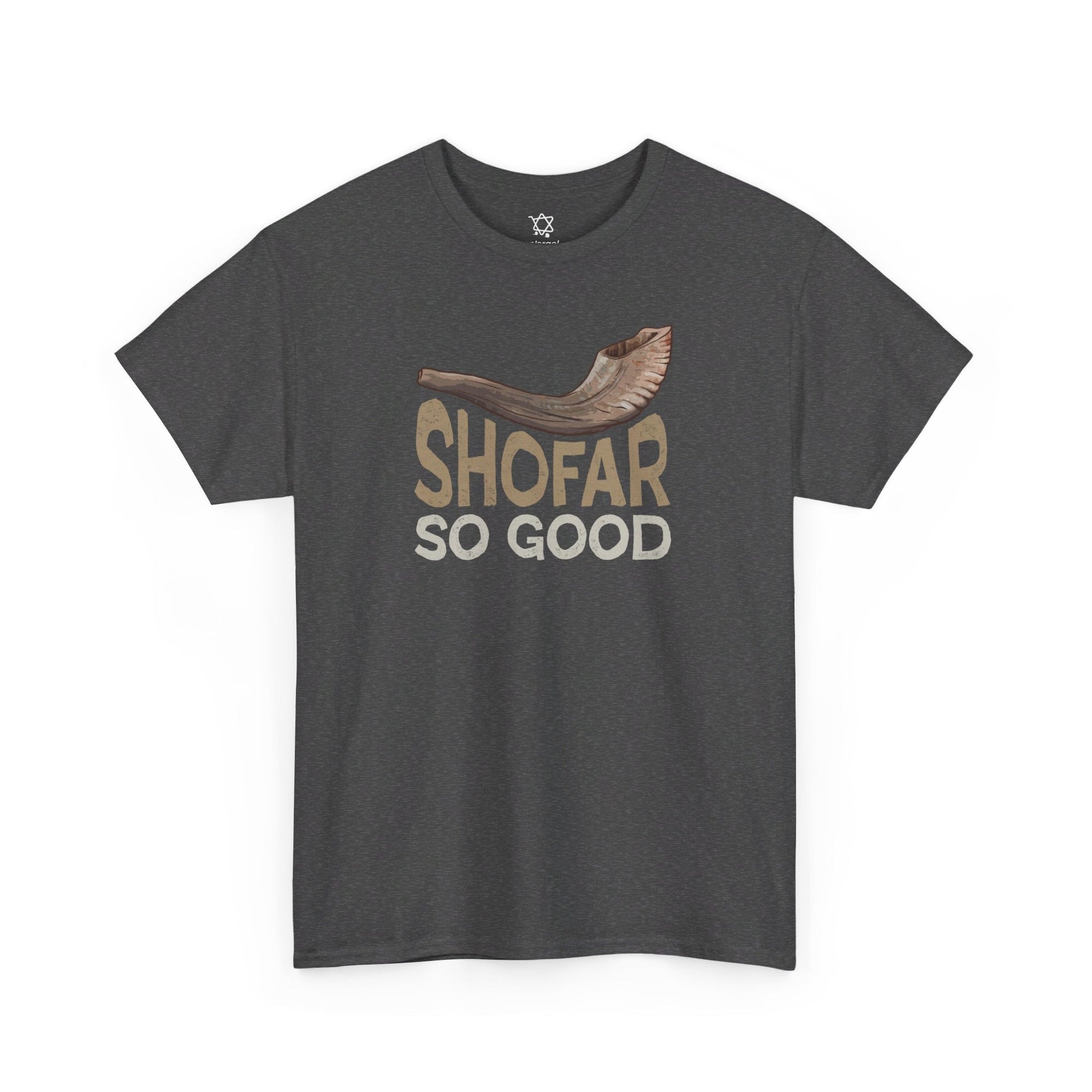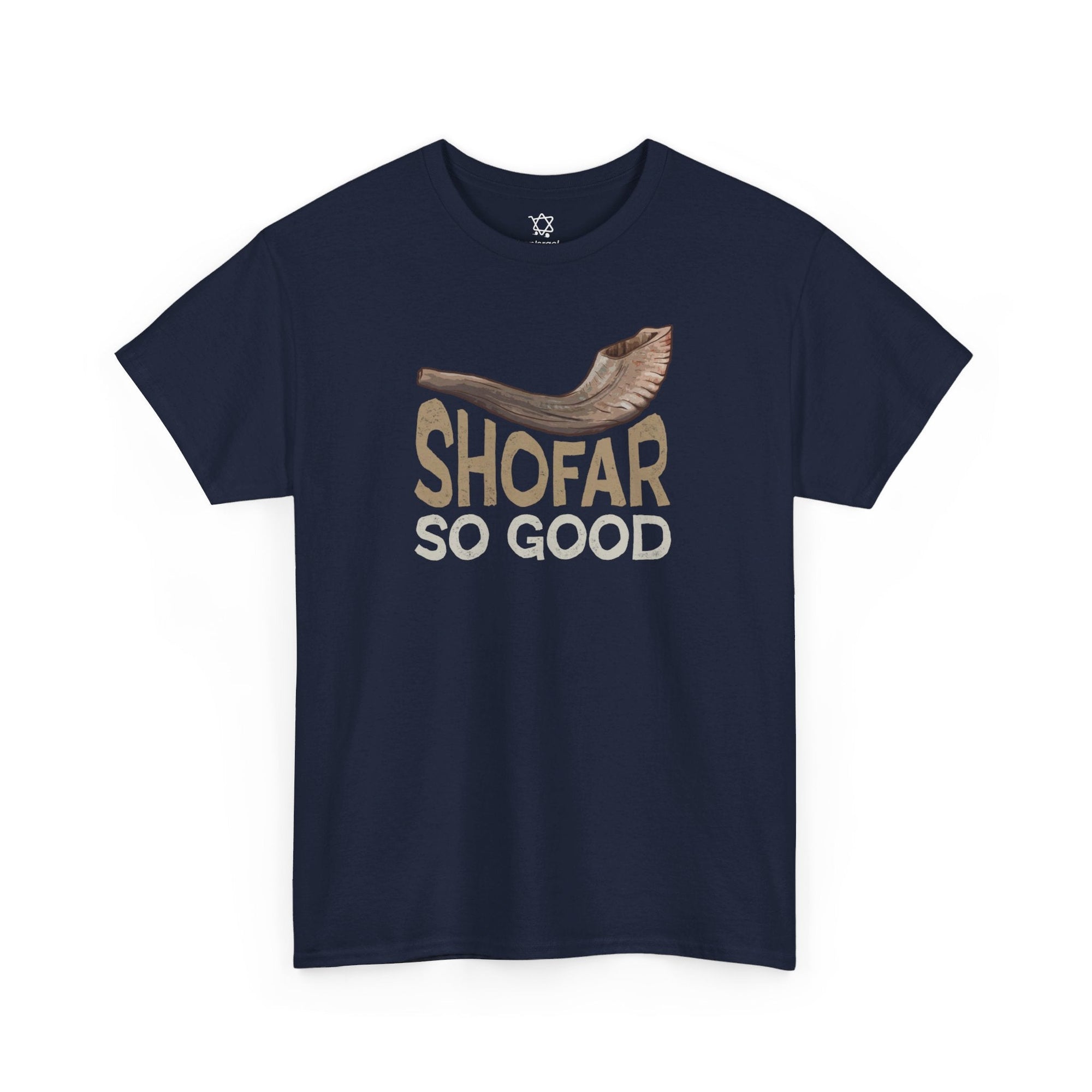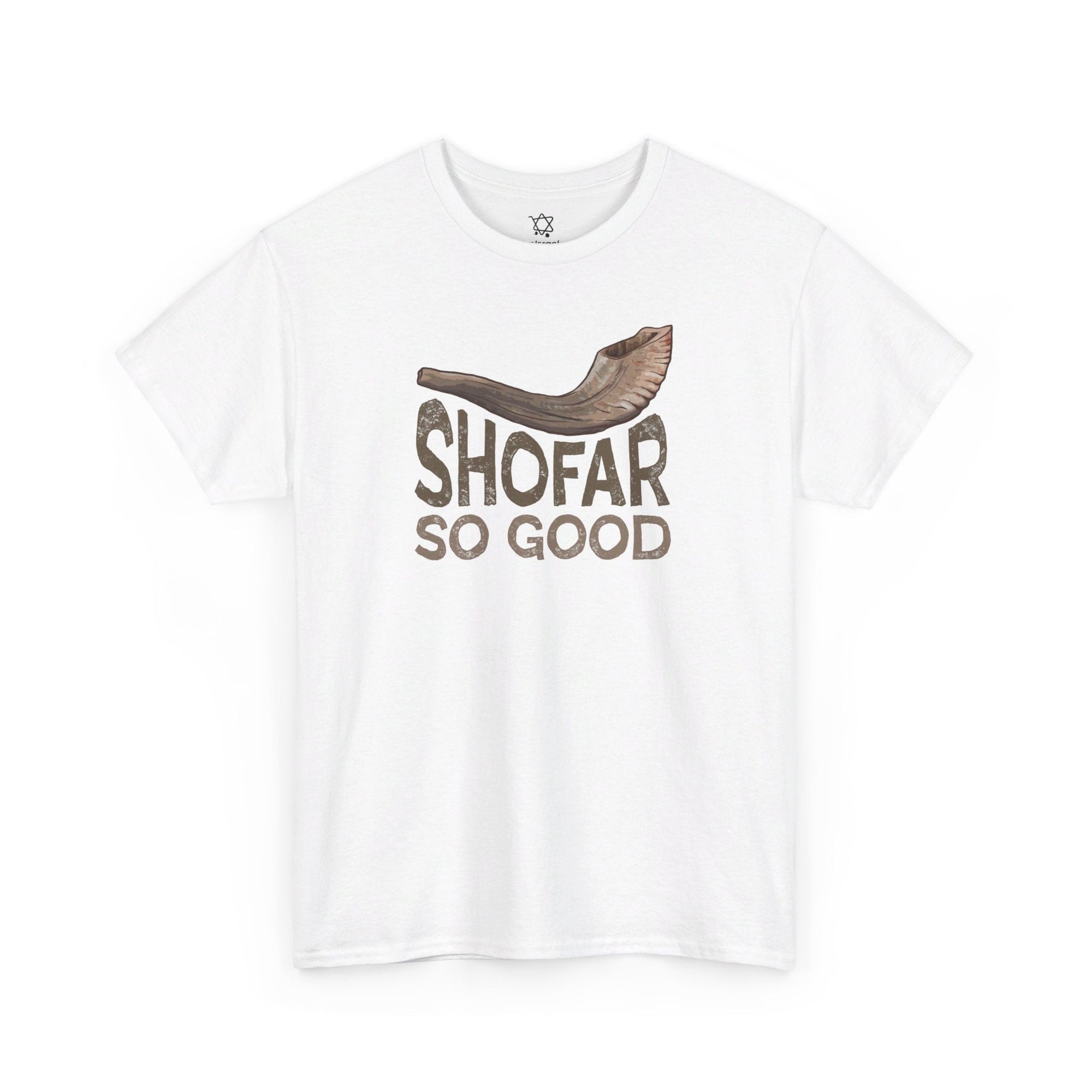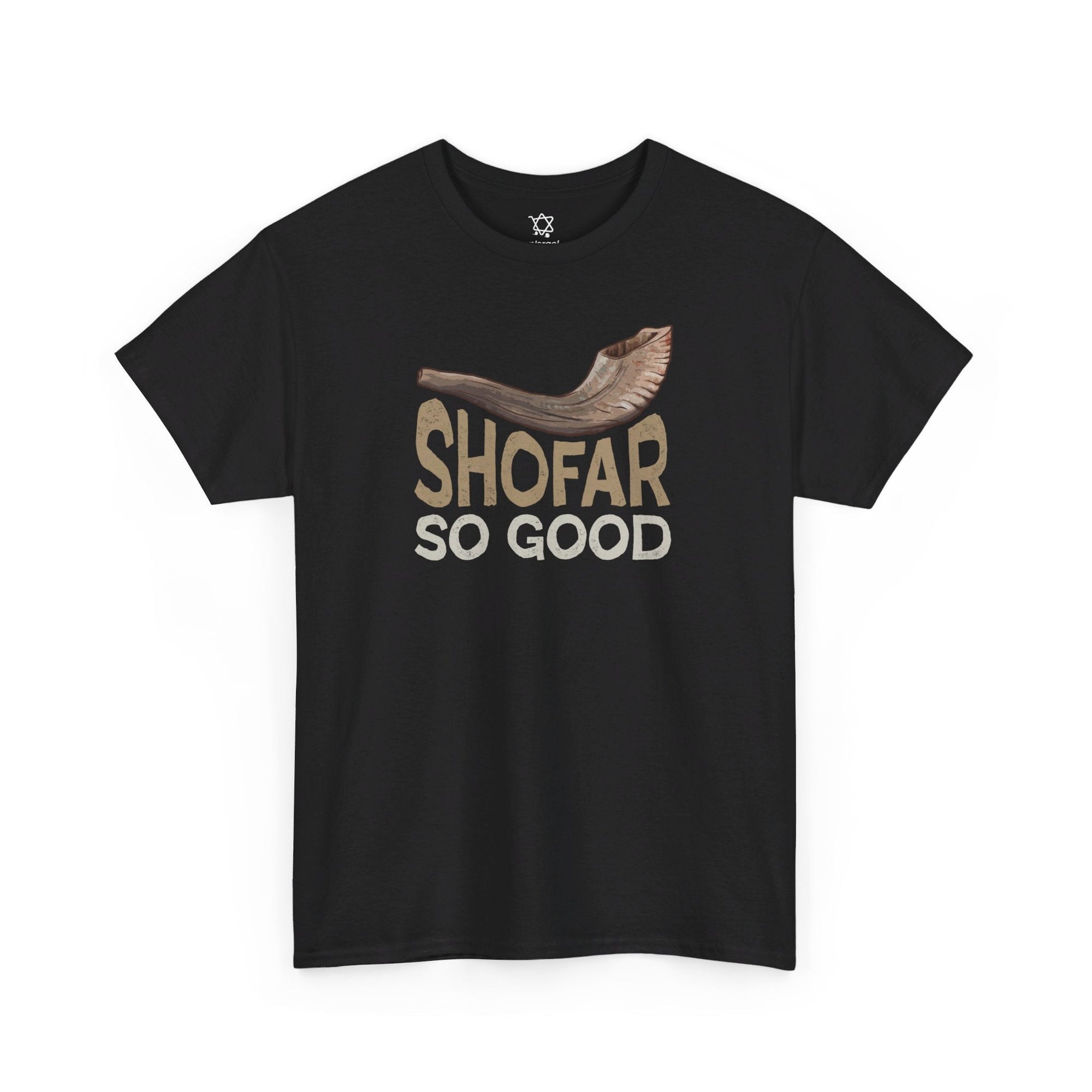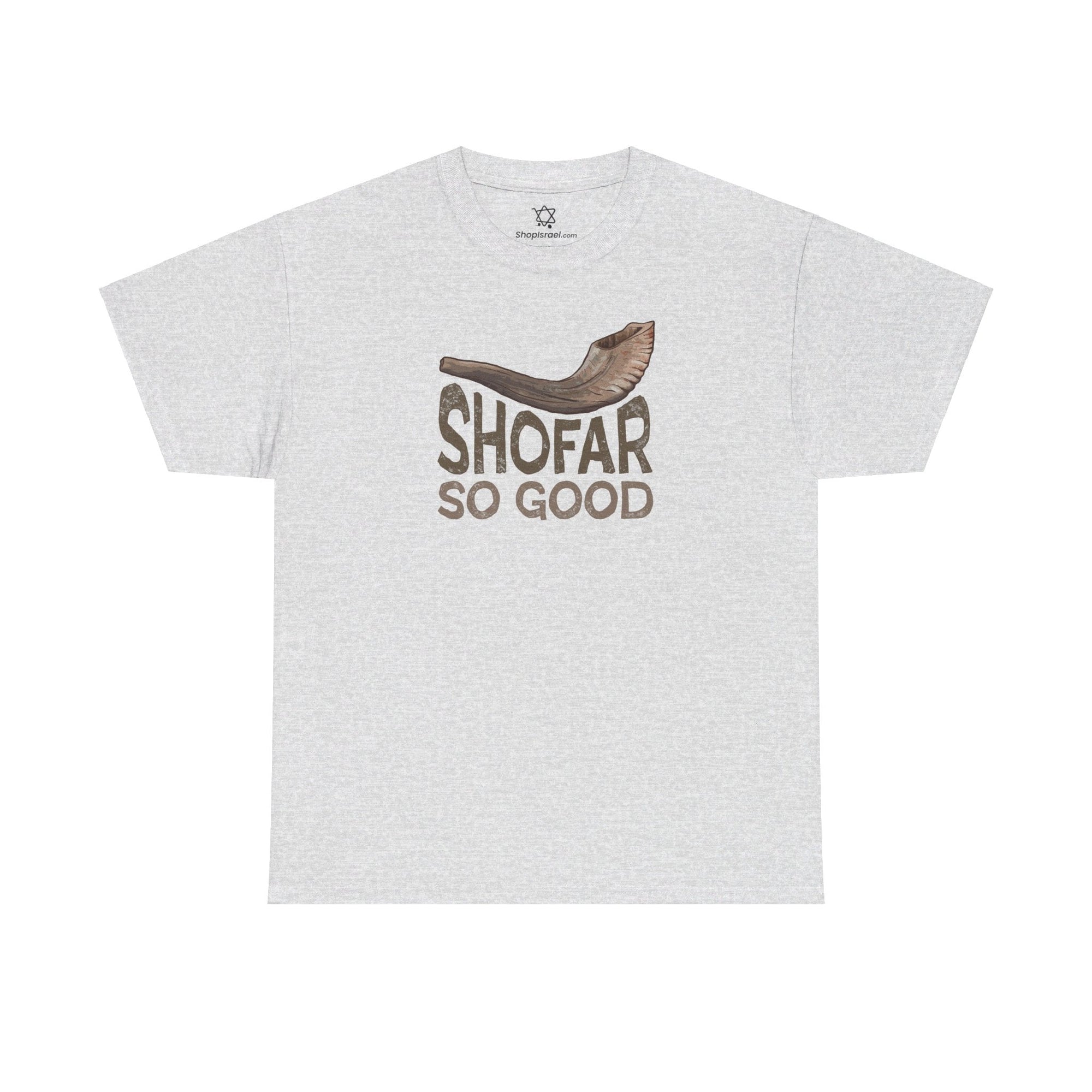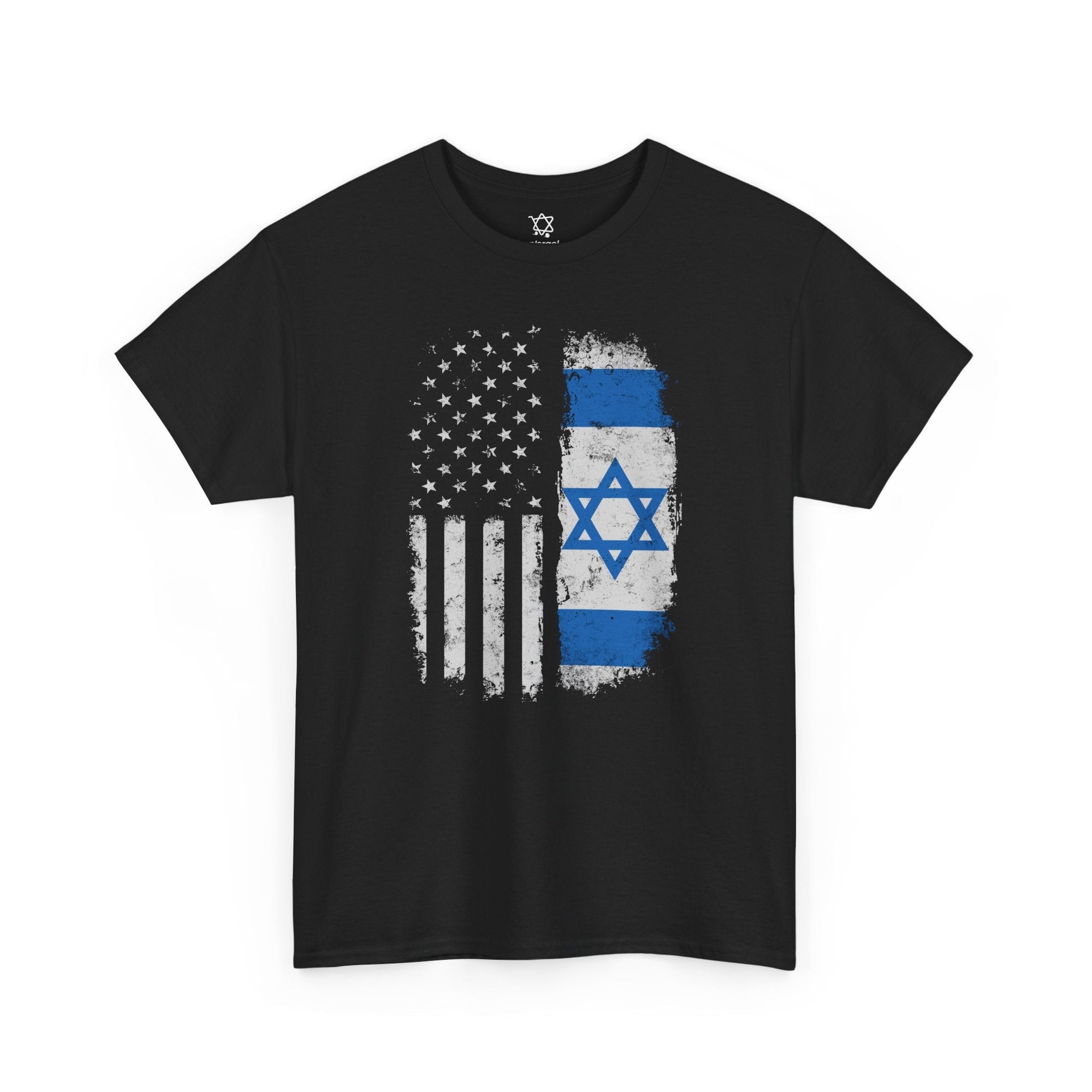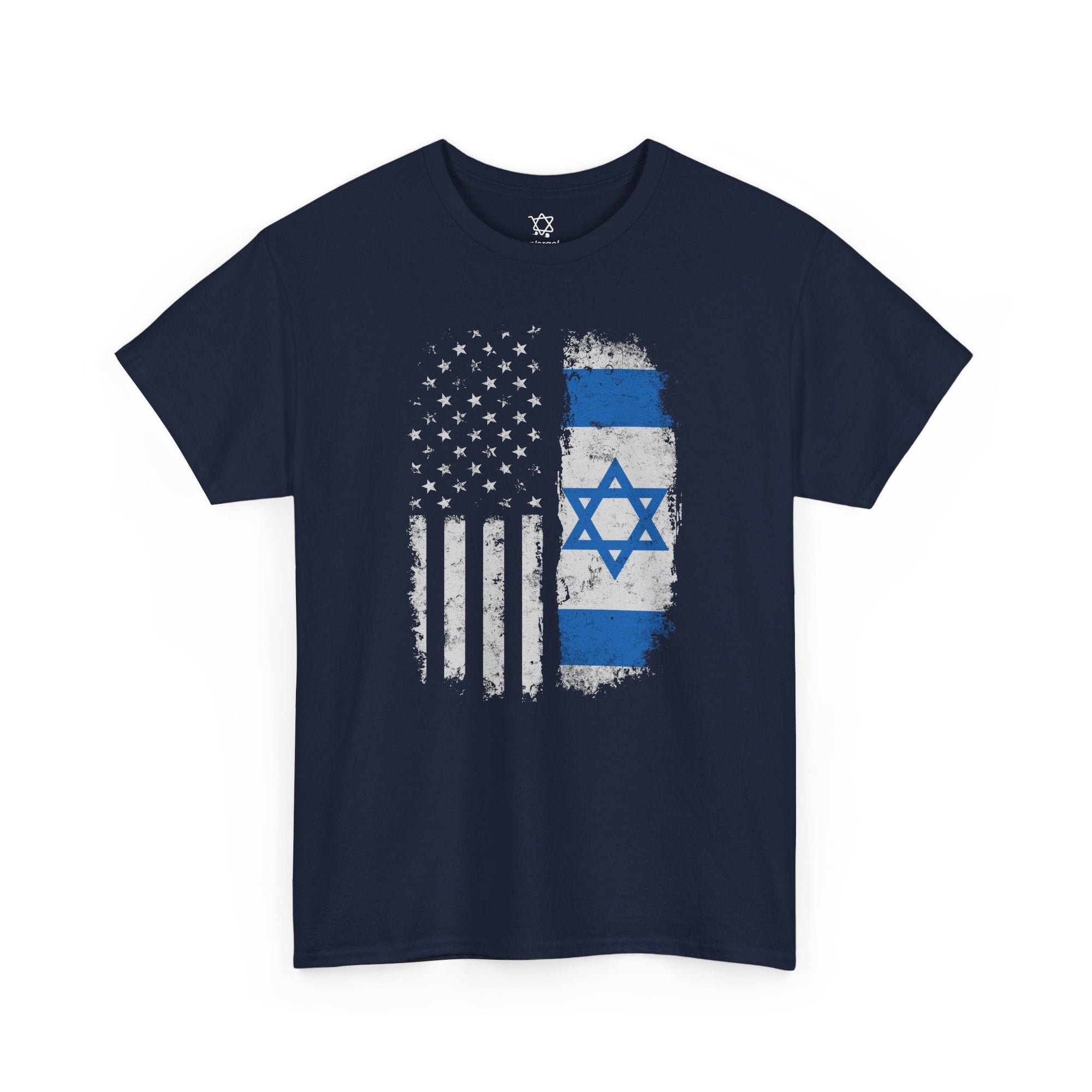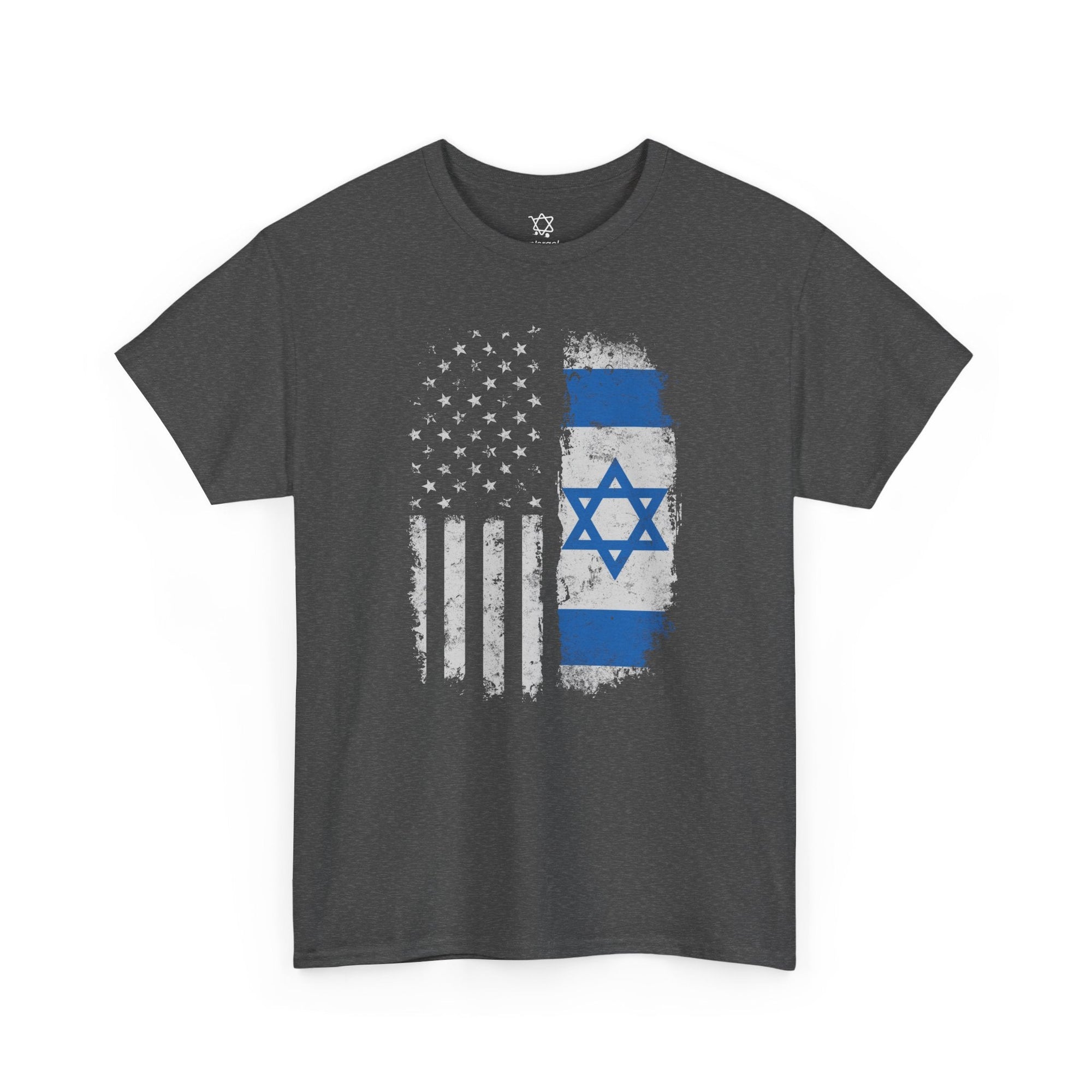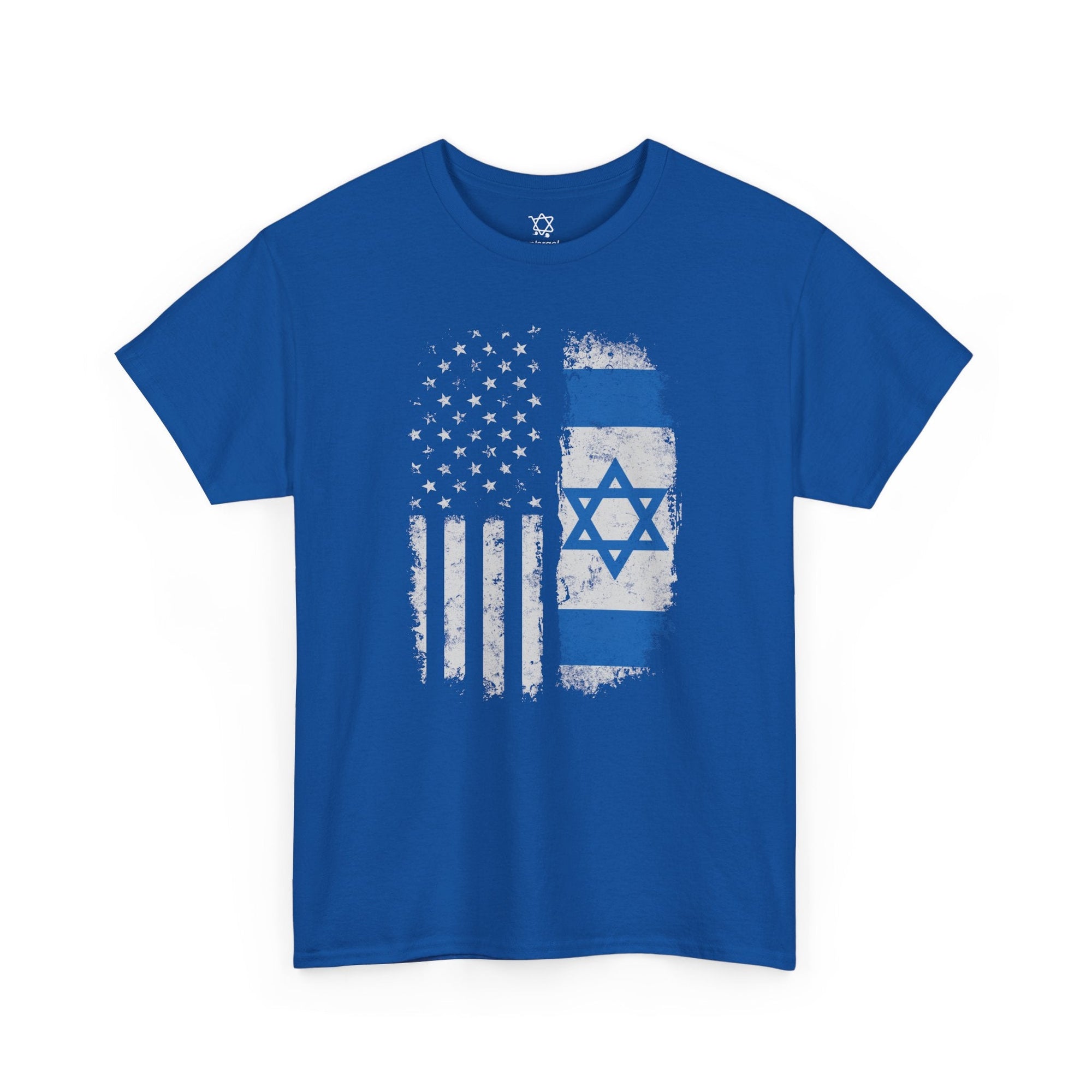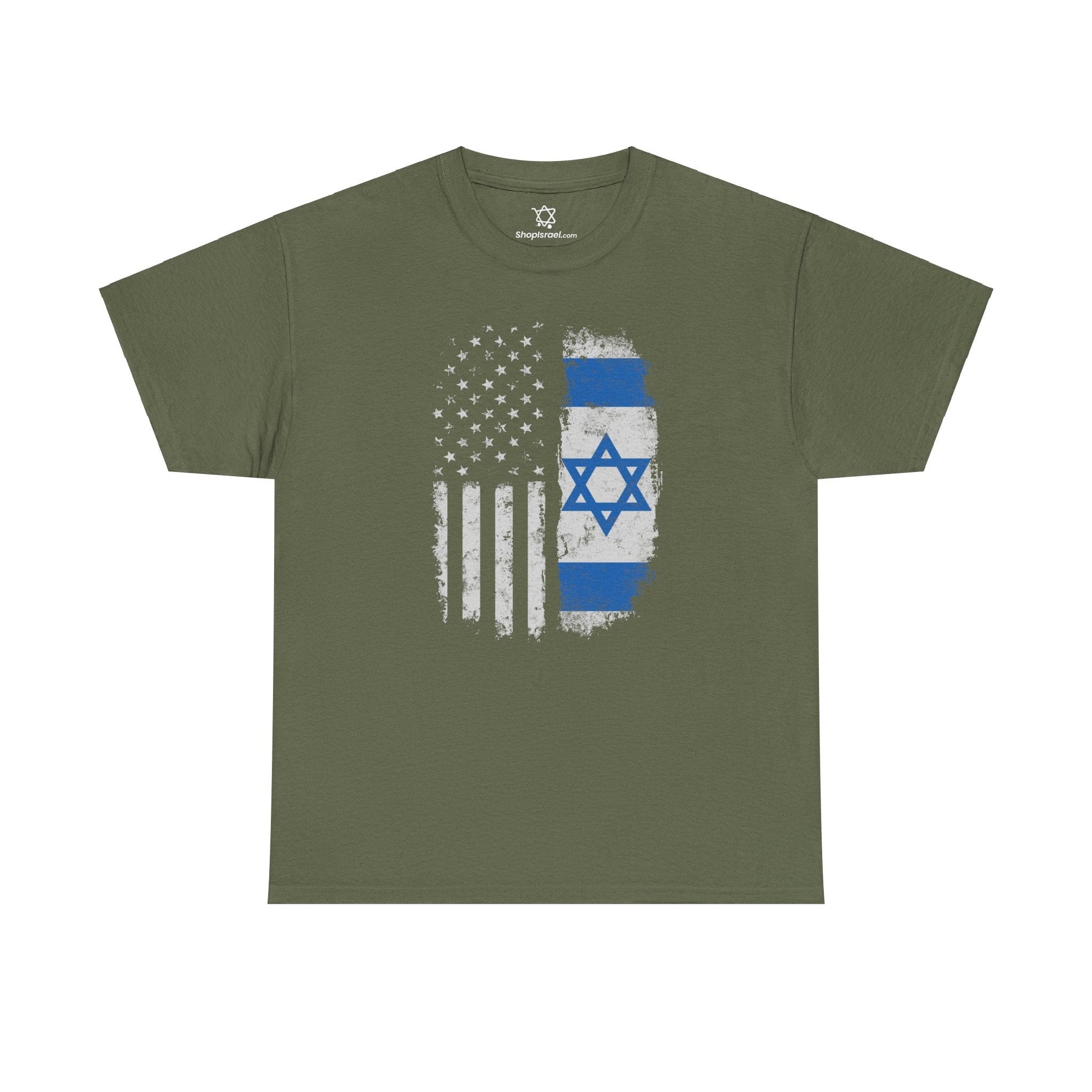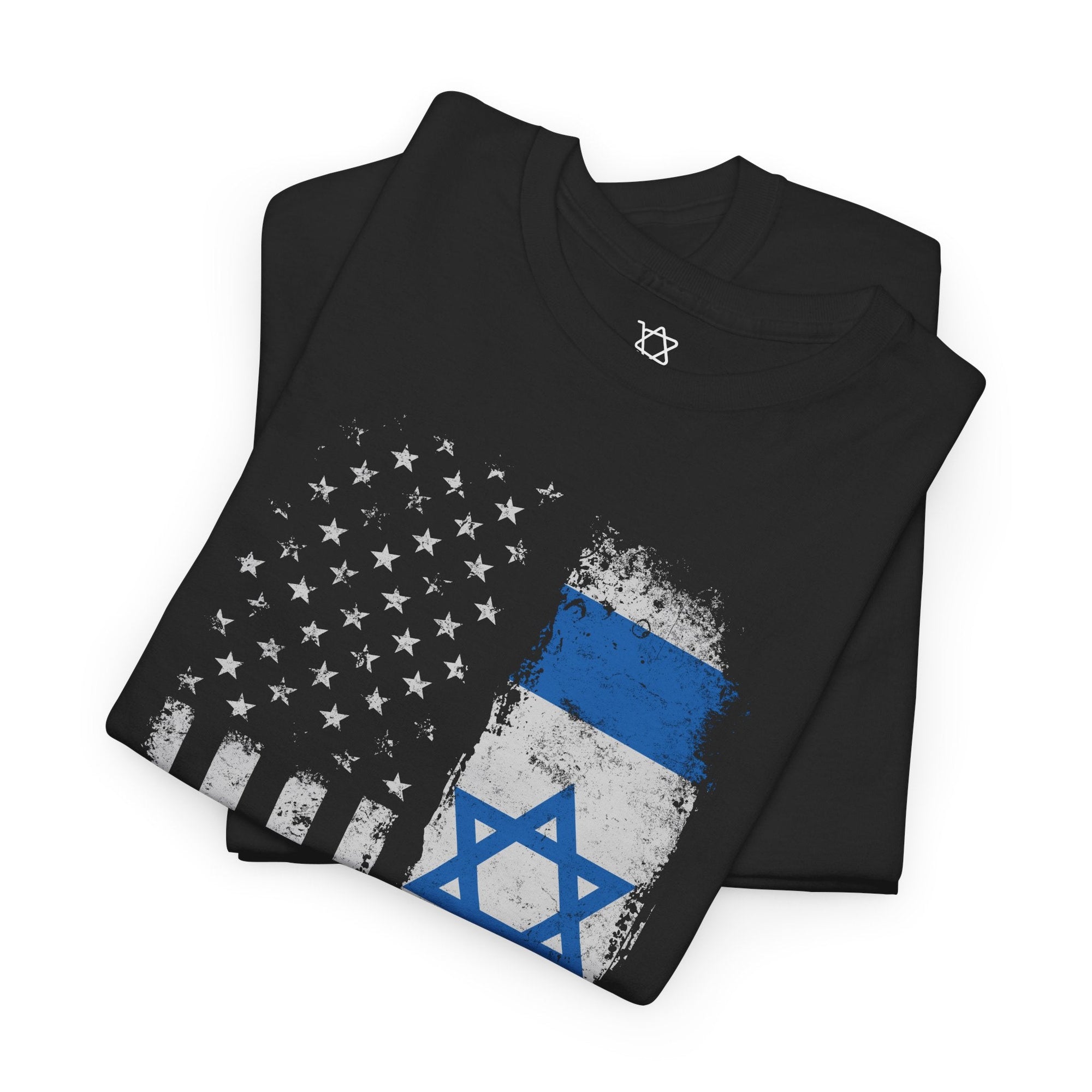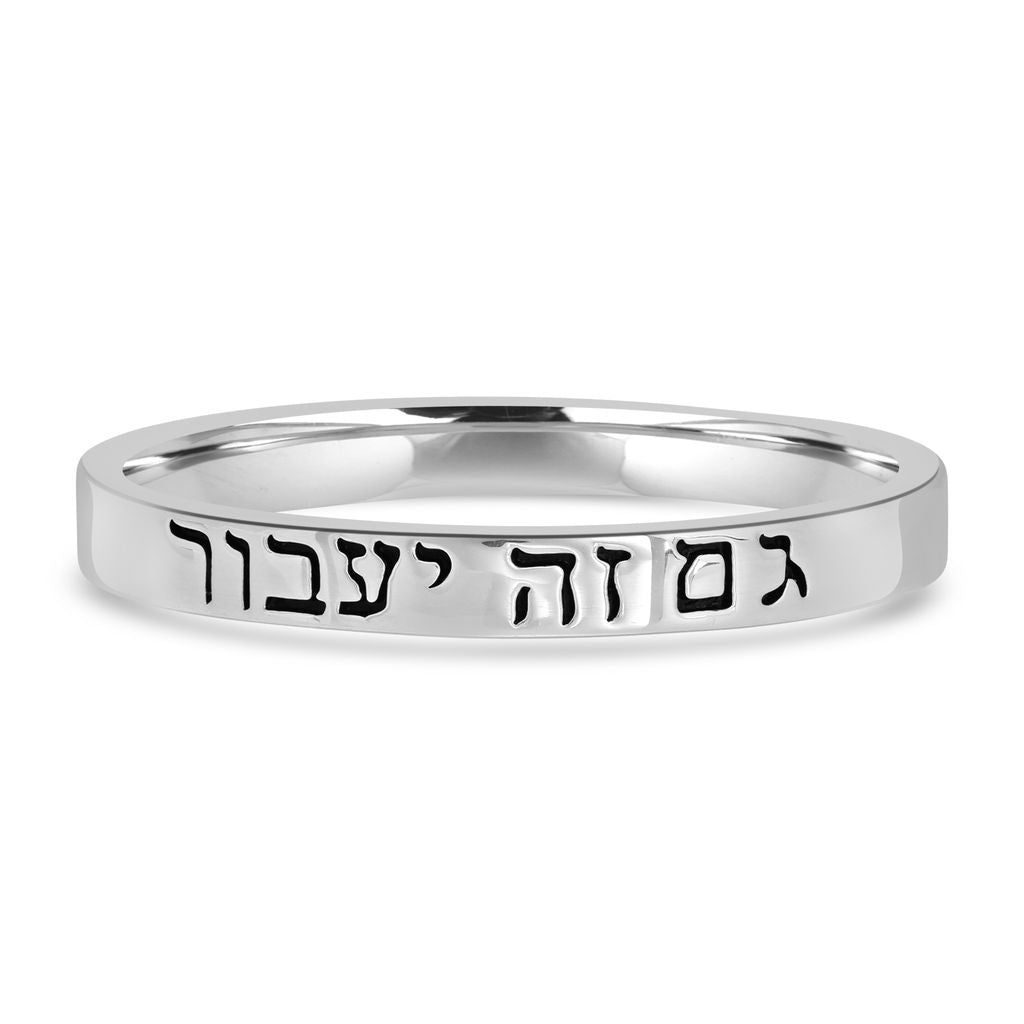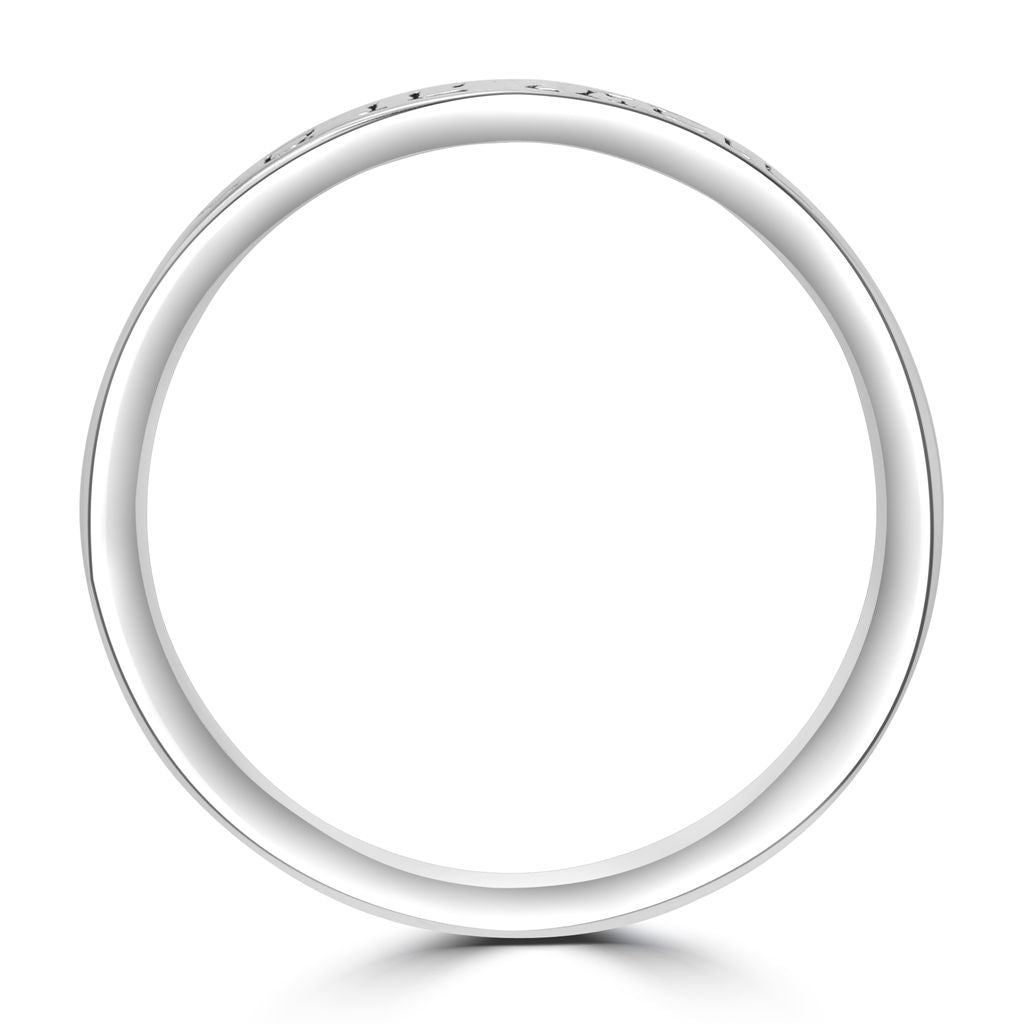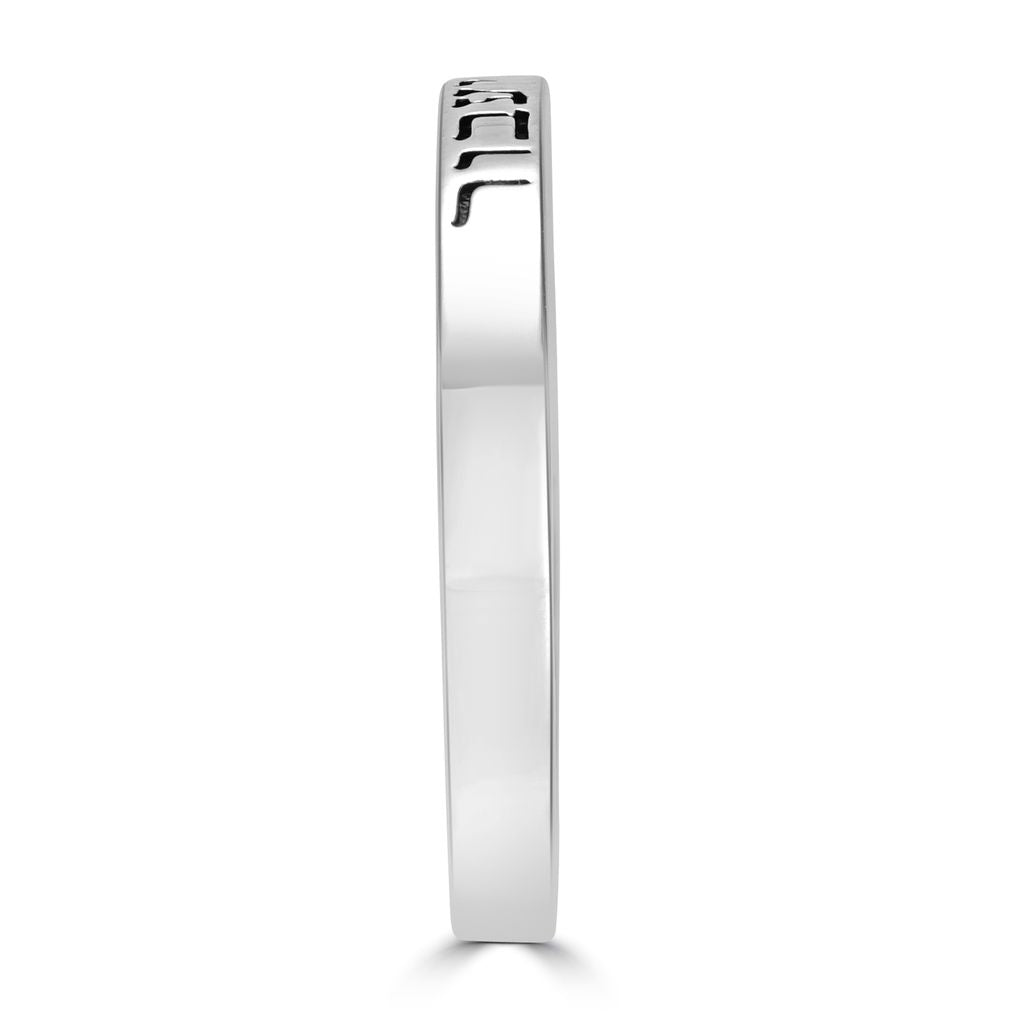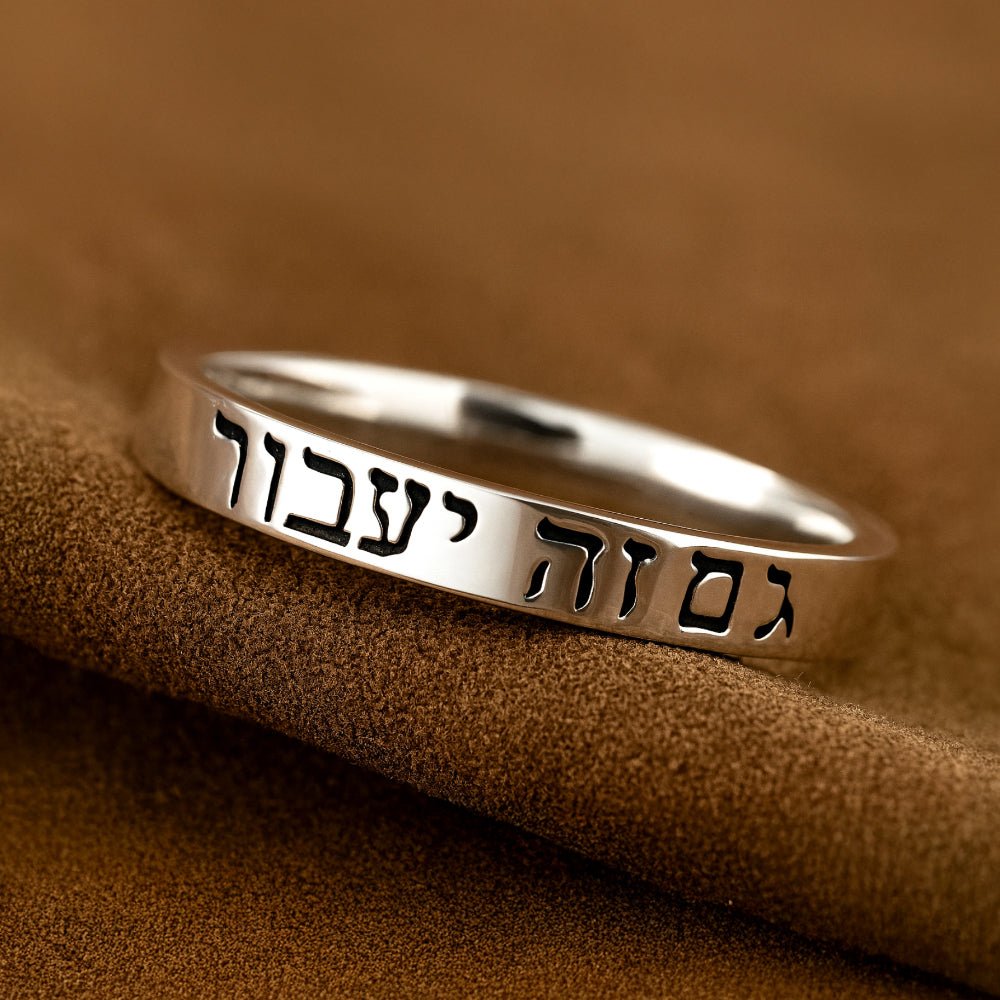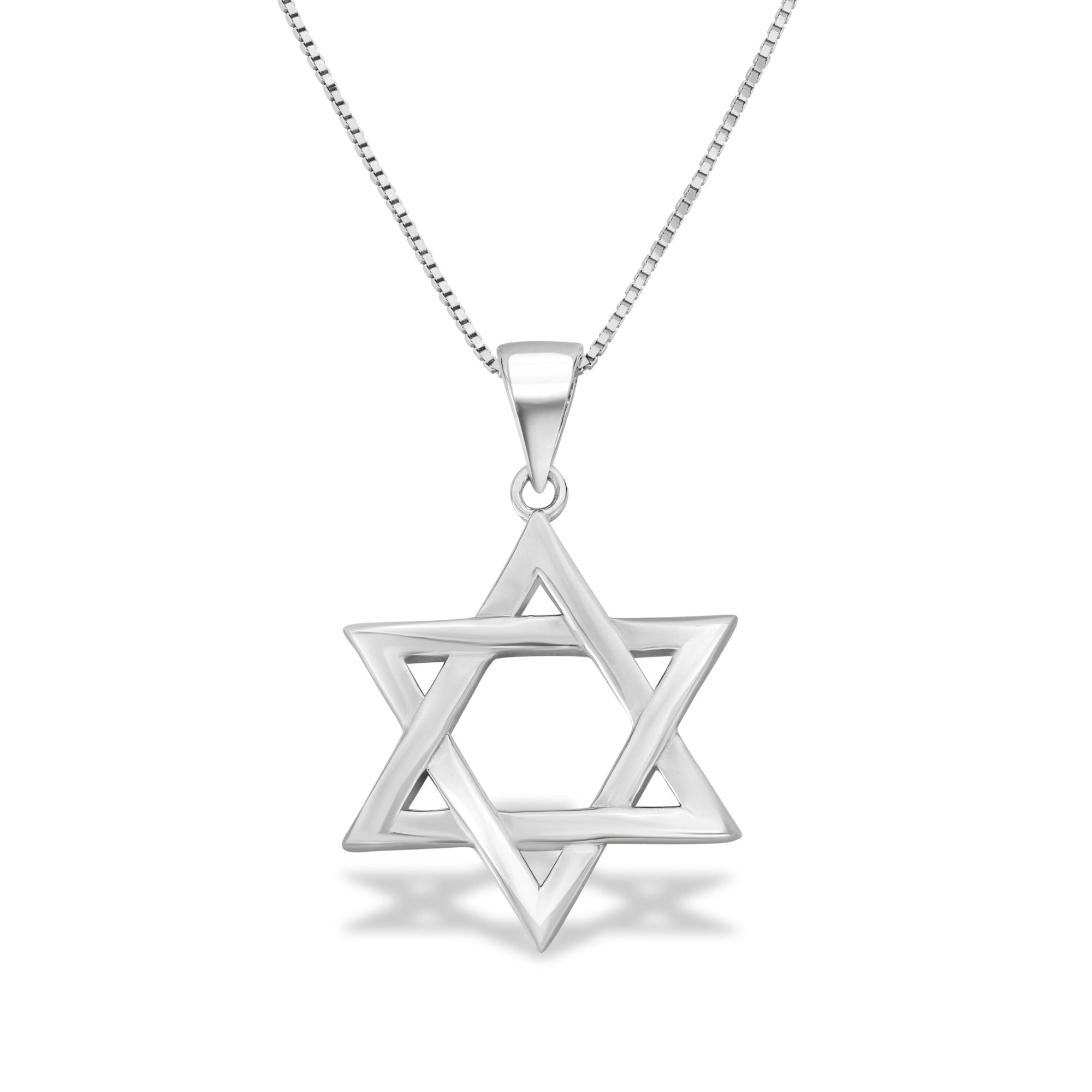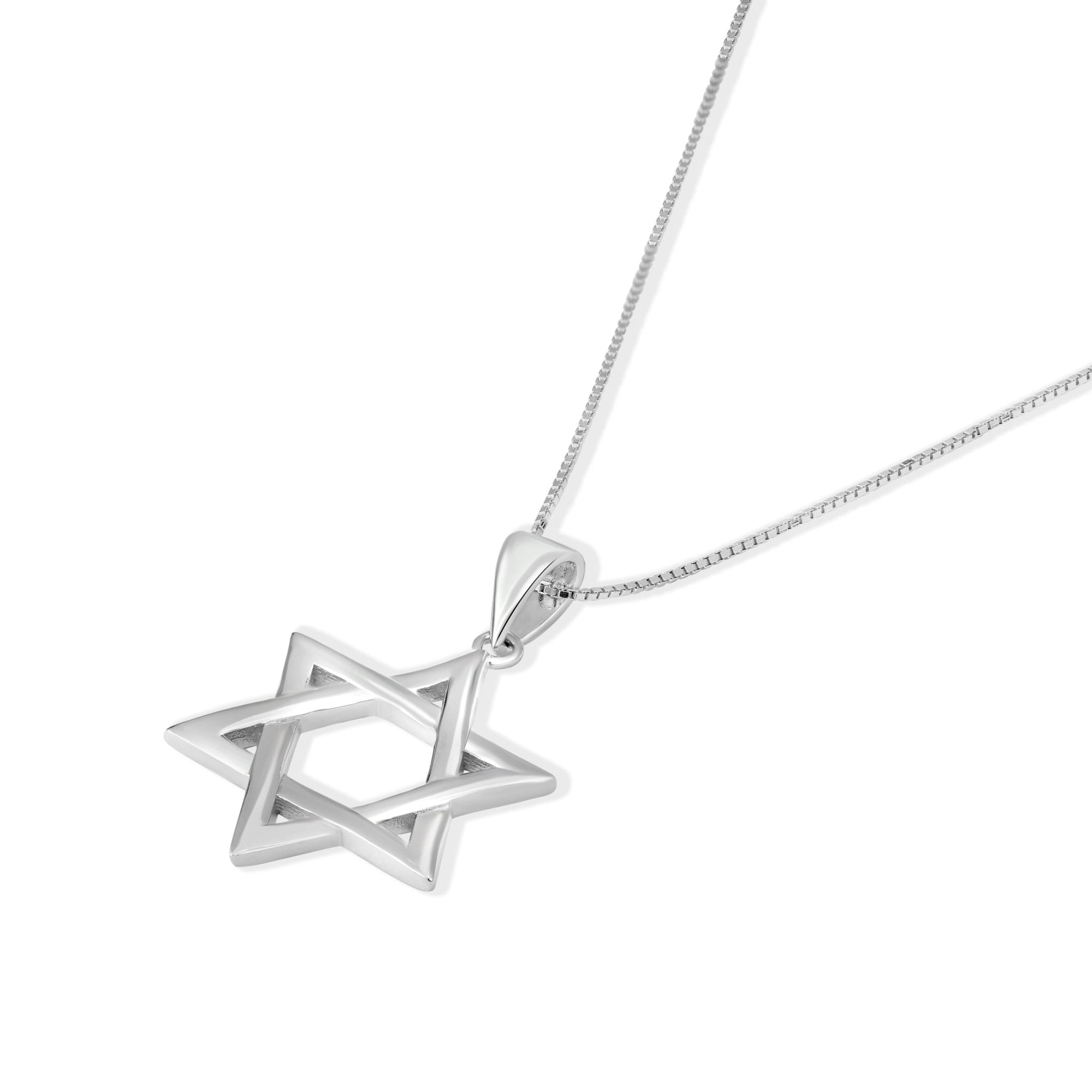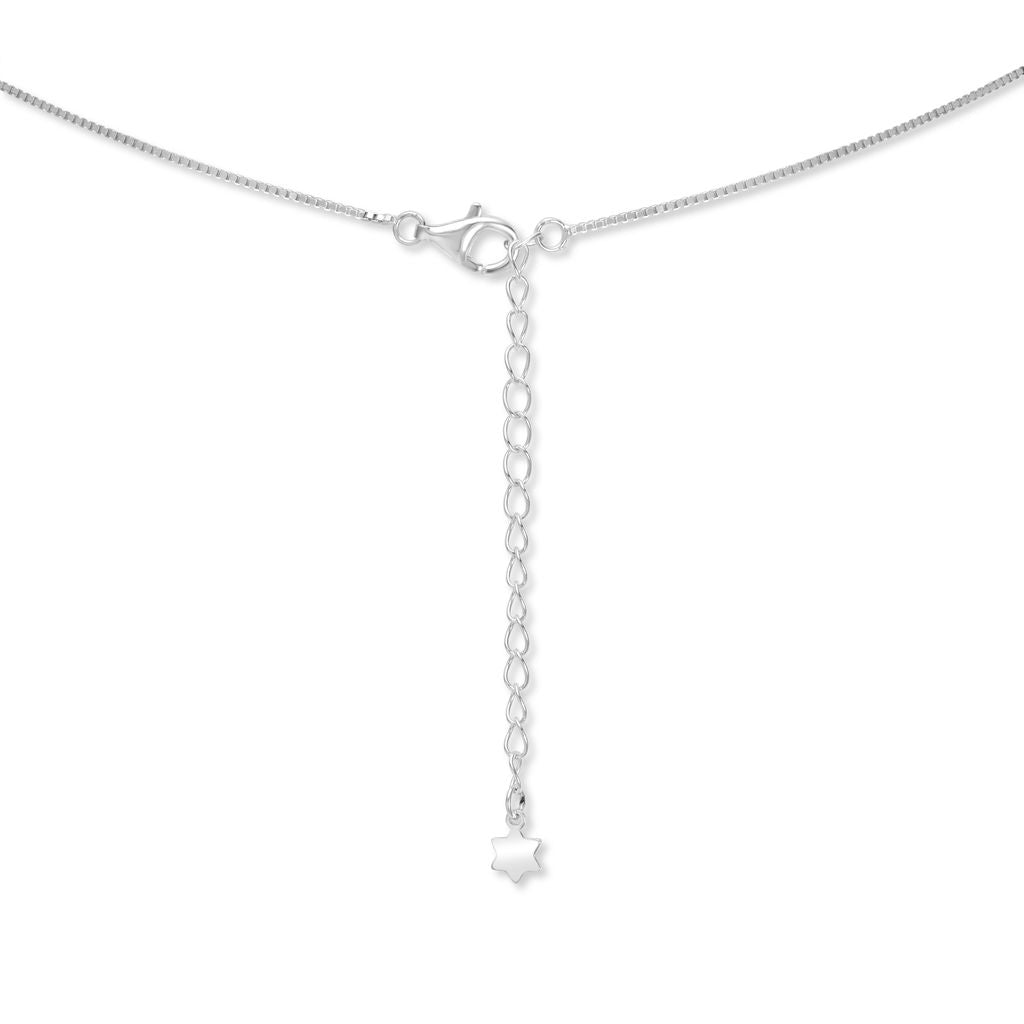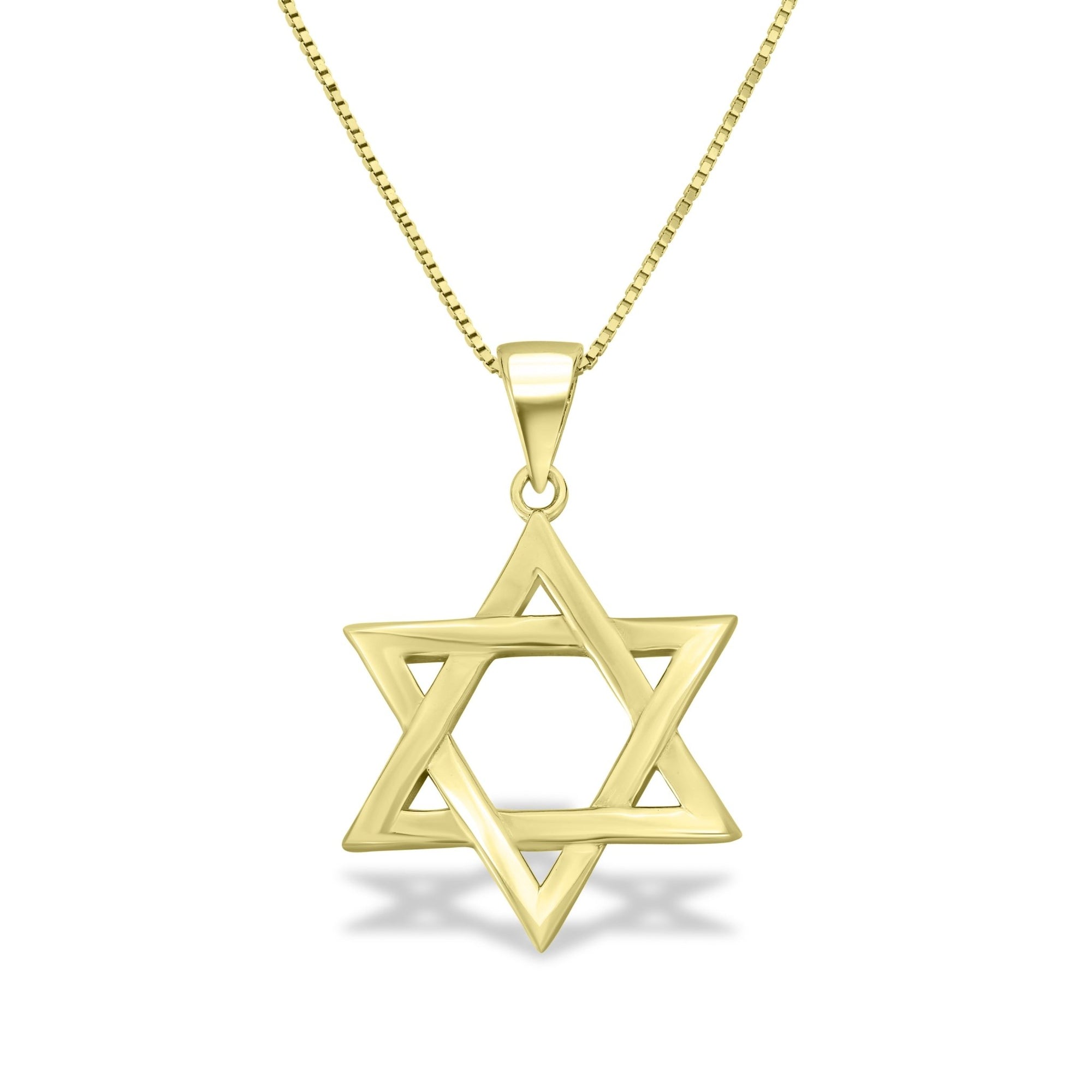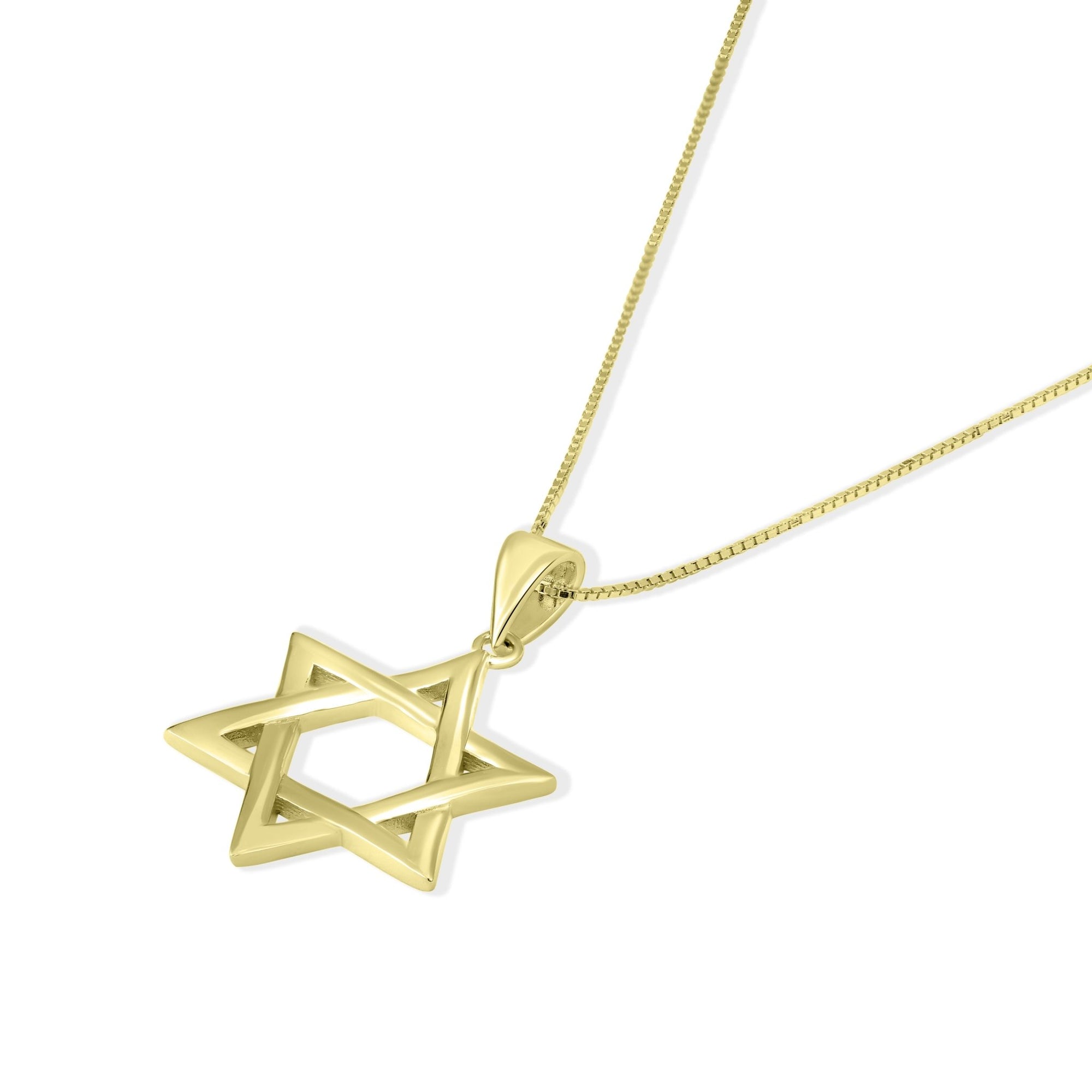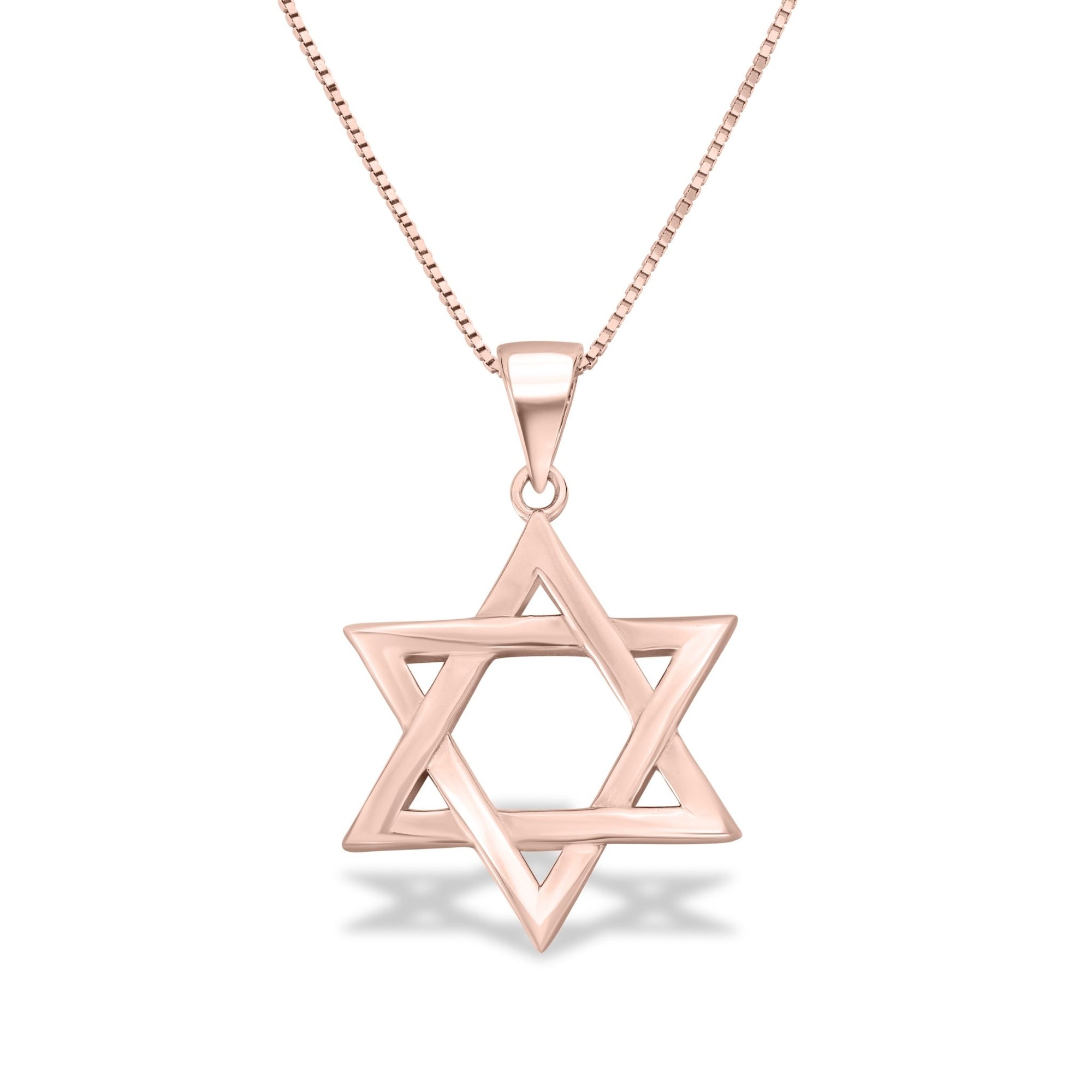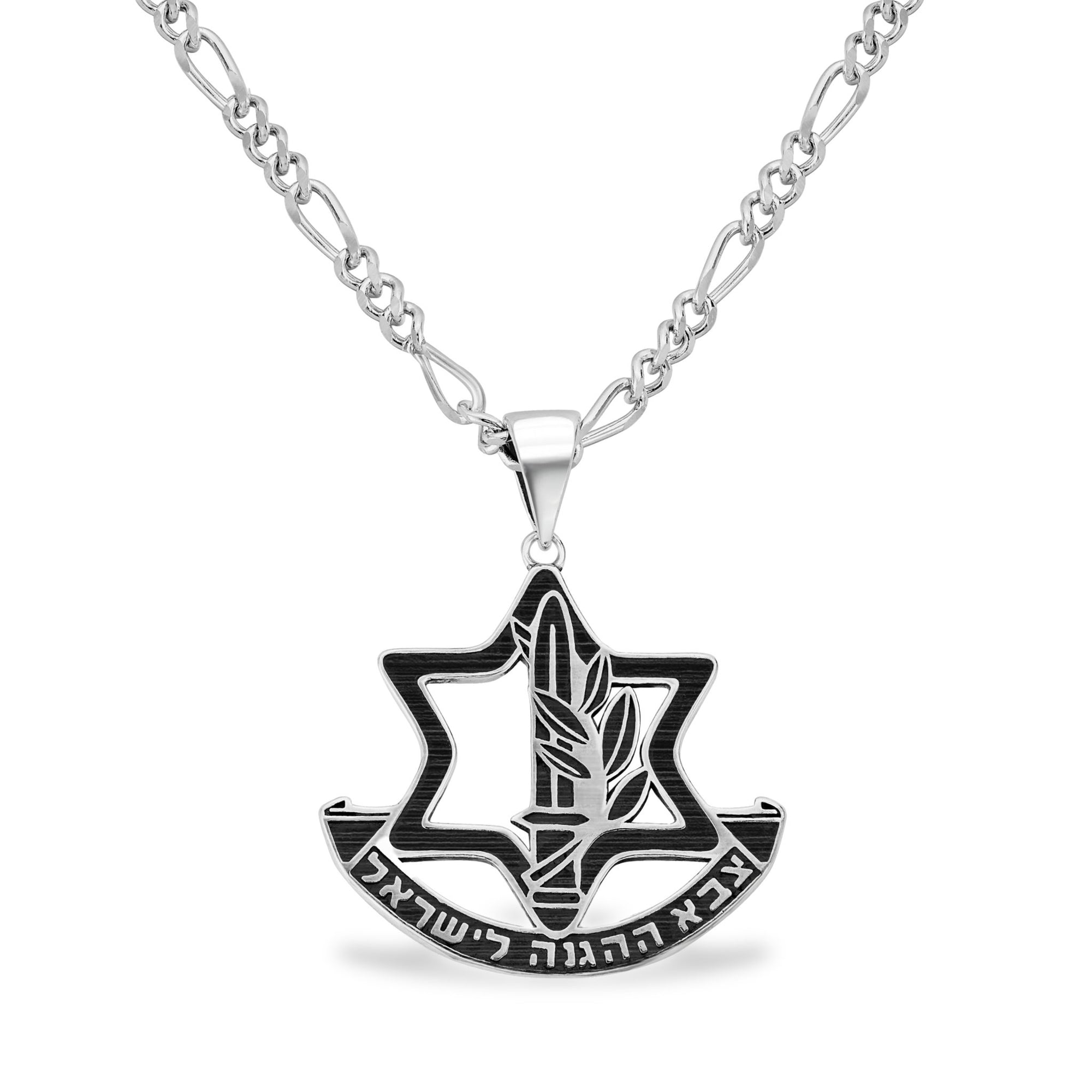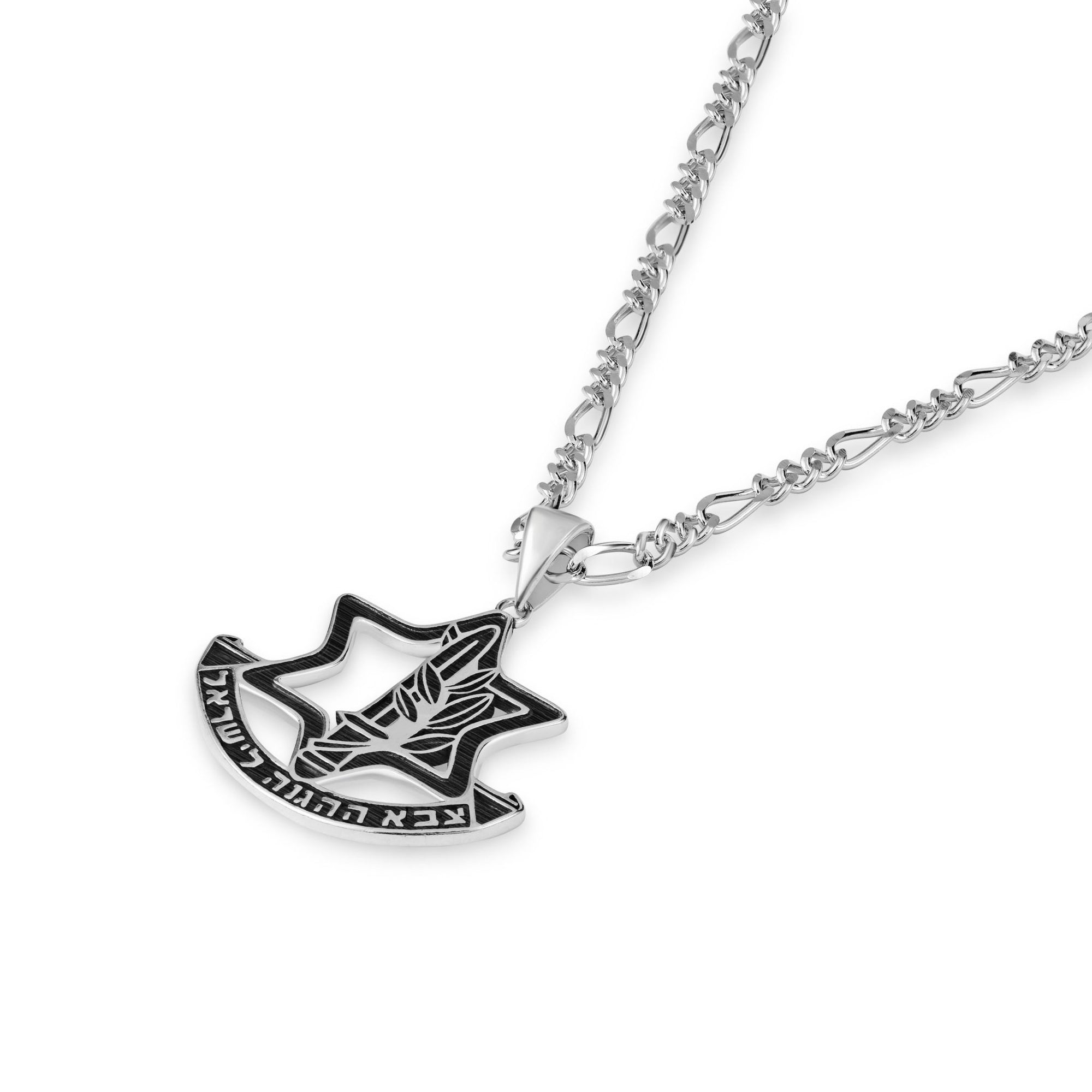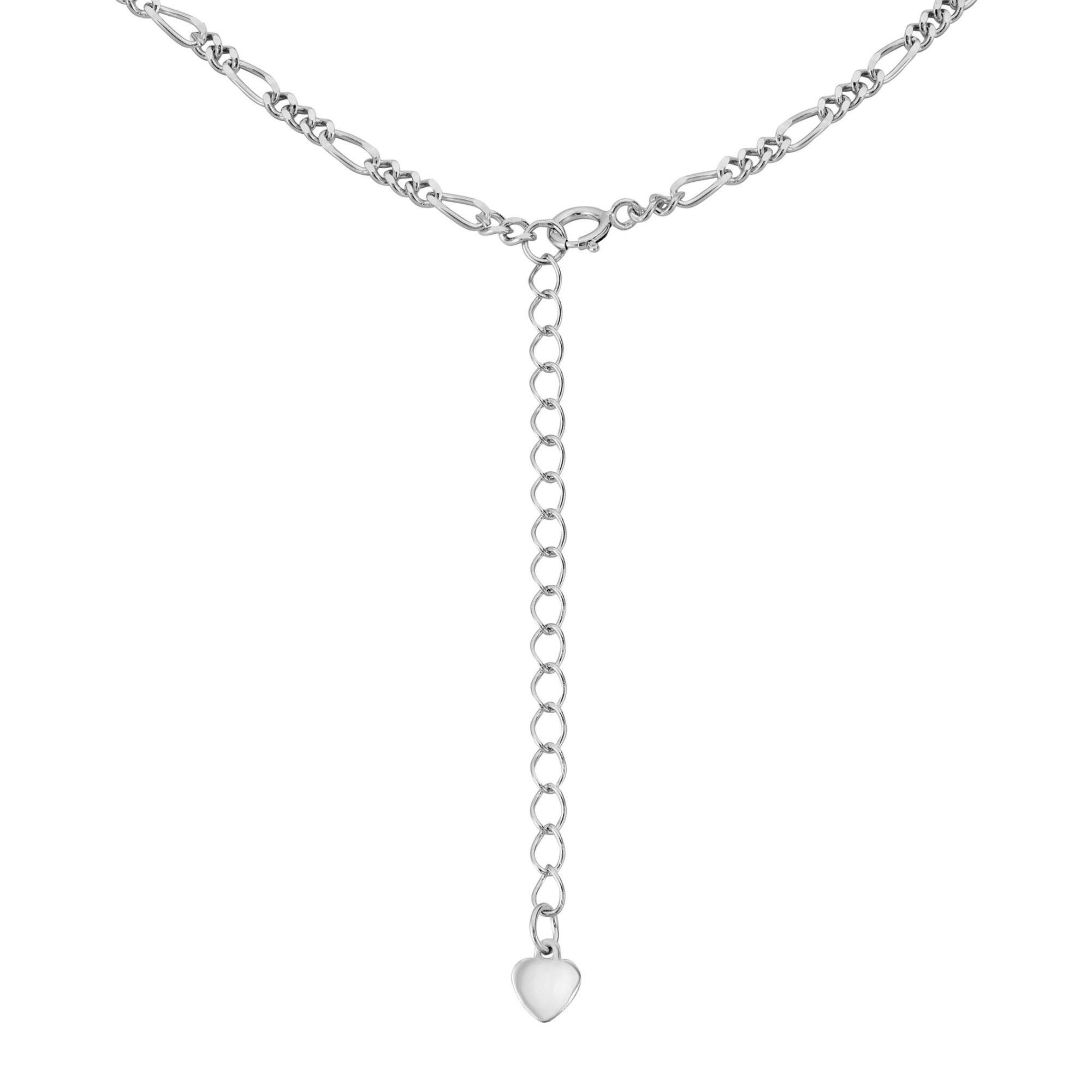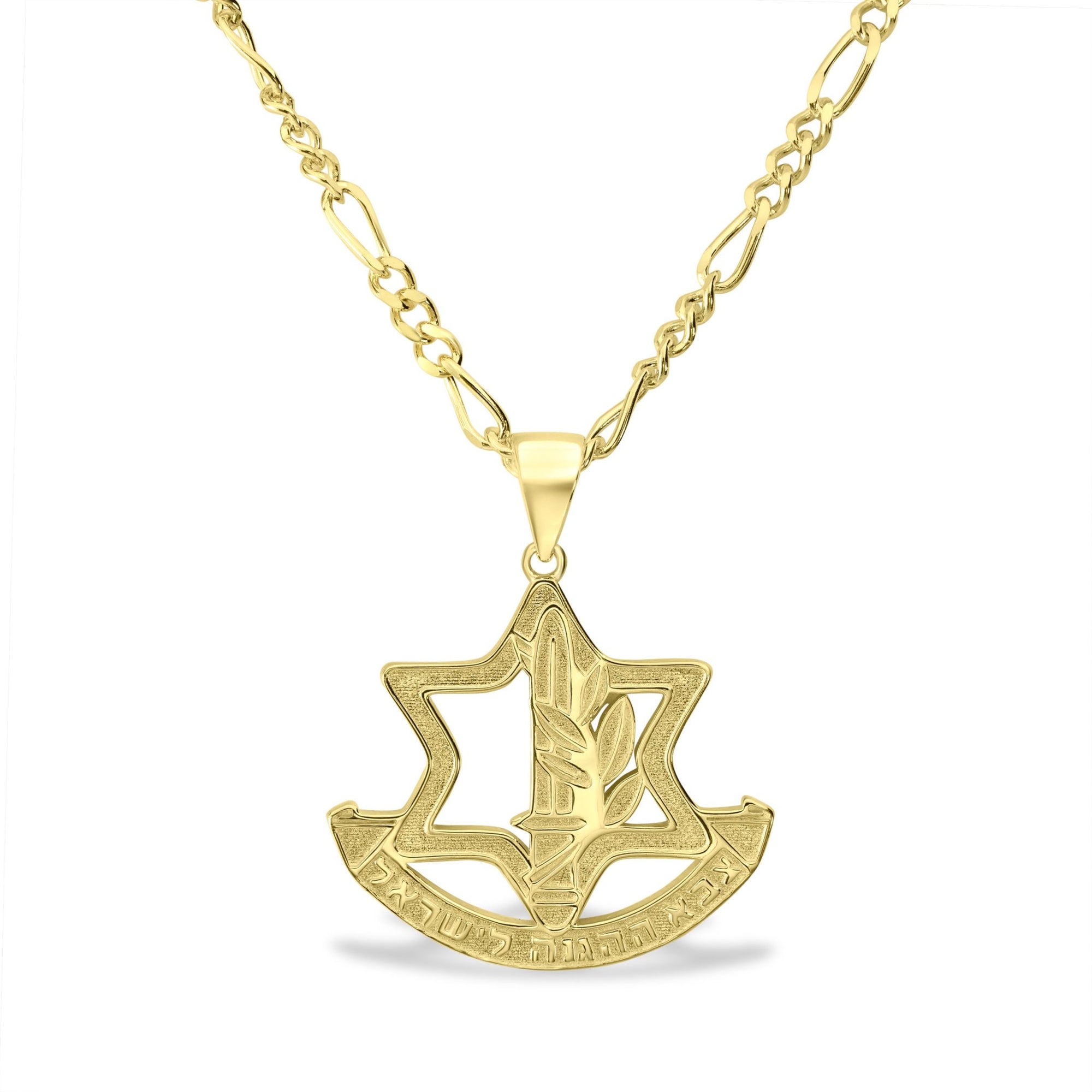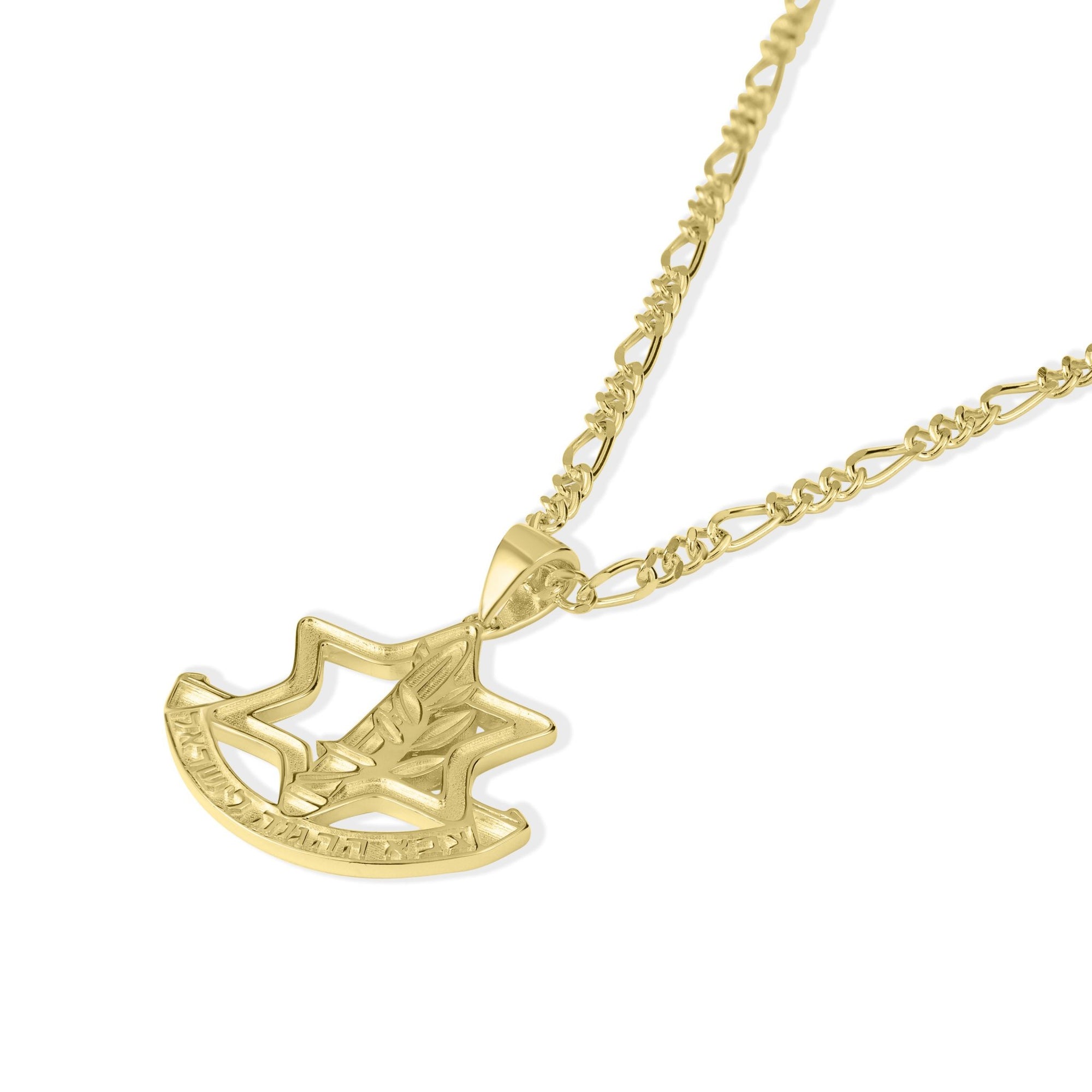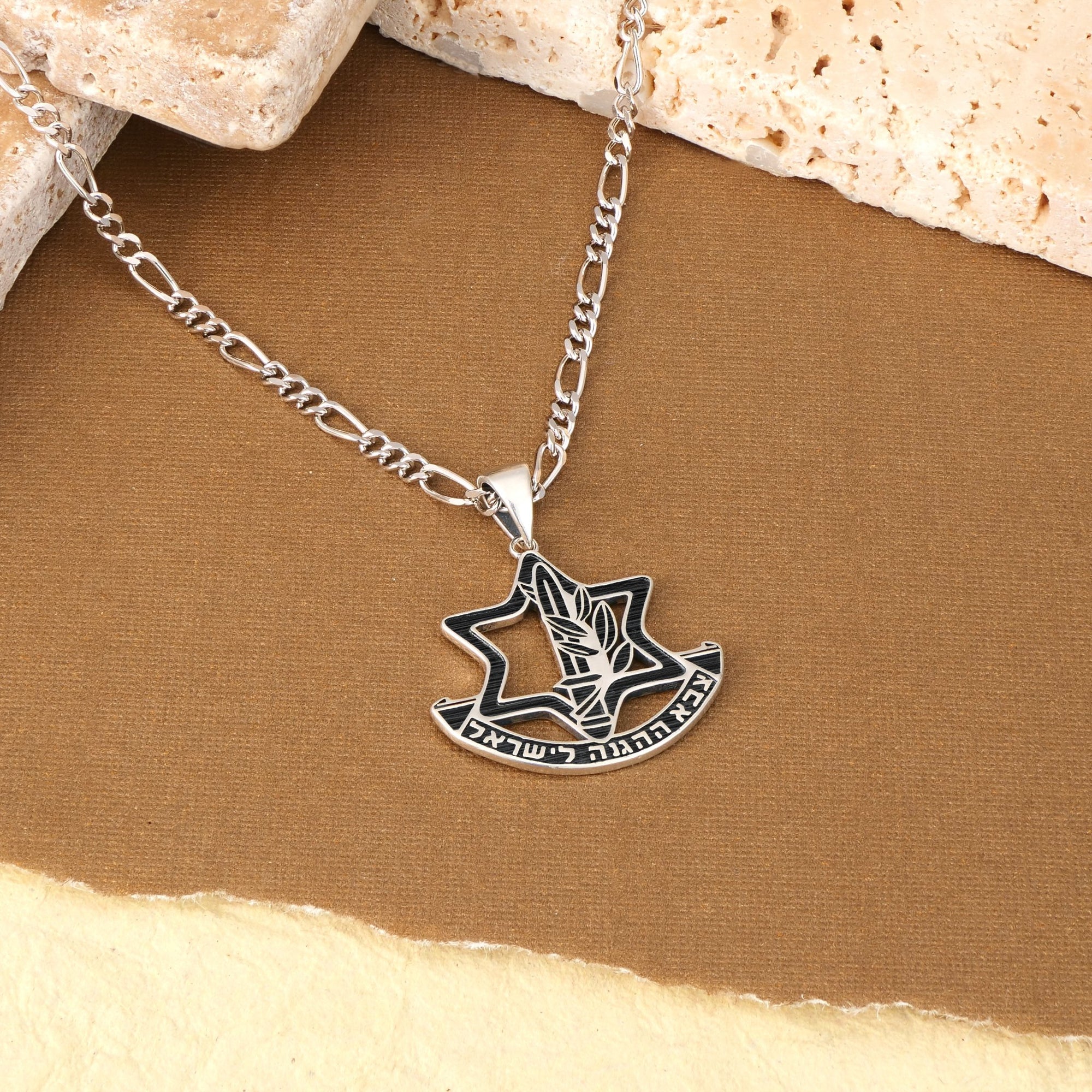Introduction to the Shofar's Revered Place in Jewish Life
The shofar, an ancient horn traditionally crafted from a ram's horn, holds a unique and profound role in Jewish religious and cultural heritage. Used primarily during the High Holy Days, it embodies a rich tapestry of biblical history, spiritual symbolism, and ritual practice. This article explores the origins, use, sounds, types, legal requirements, and contemporary significance of the shofar, as well as the craftsmanship behind this evocative instrument and the accessories associated with it, providing a comprehensive understanding for both the curious and the devoted.
Historical and Biblical Origins of the Shofar
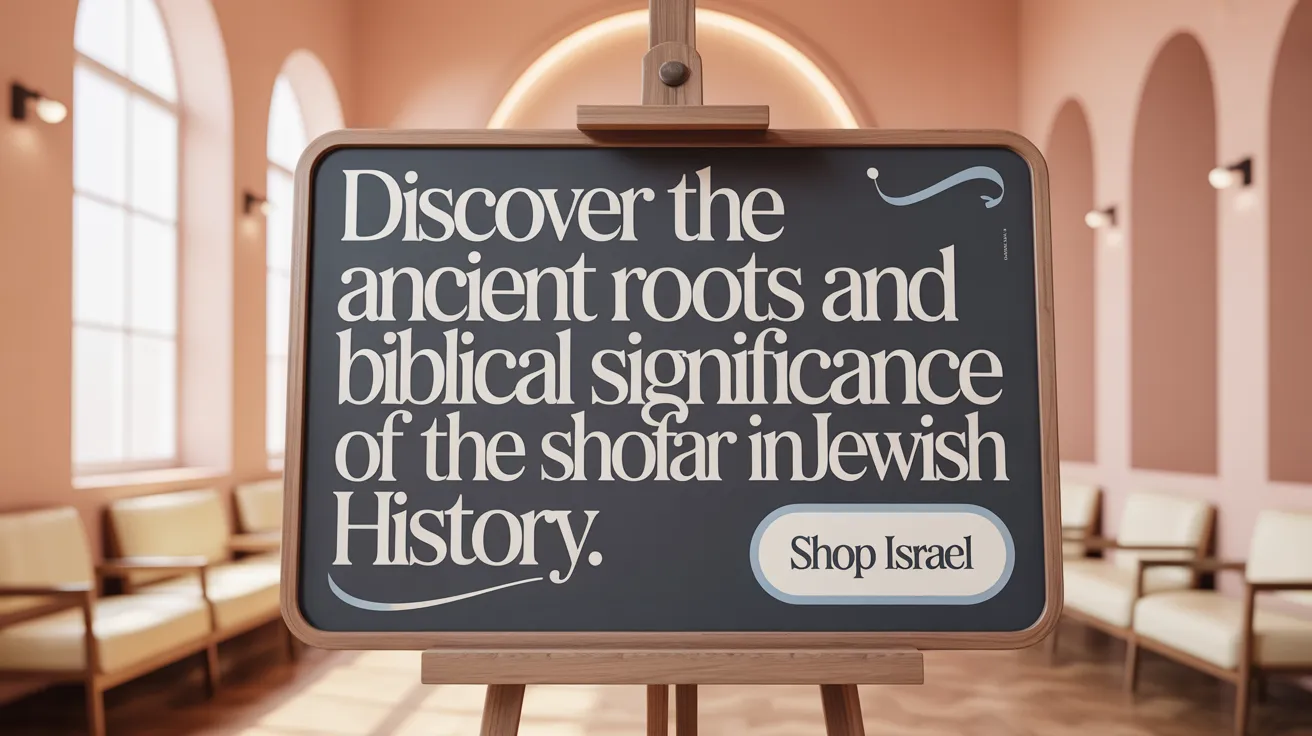
What is the historical and biblical significance of the shofar?
The shofar, an ancient horn typically made from a ram’s horn, holds profound historical and biblical significance in Jewish tradition. It is frequently mentioned in the Hebrew Bible, including key books such as Exodus, Leviticus, and Numbers. One of its most notable biblical roles occurred at Mount Sinai, where the shofar’s blast accompanied God’s revelation of the Ten Commandments, causing the Israelites to tremble.
In ancient Israel, the shofar was used for important announcements like proclaiming the new moon and signaling the Jubilee year—a time of land and social restoration. It also served as a war horn to commence battles and to rally troops, playing a crucial role in ceremonies and temple rites.
A central symbolic narrative involving the shofar is the Binding of Isaac (Akedah). According to tradition, after Abraham was willing to sacrifice his son Isaac, a ram was caught in a thicket and sacrificed instead. The shofar’s ram horn thus represents faith, obedience, and divine mercy.
The shofar's ritual use grew from even older horn-blowing customs that were part of regional ceremonial and spiritual practices. These early uses included warding off evil and proclaiming divine sovereignty. Over time, the shofar became uniquely embedded in Jewish worship, symbolizing calls to repentance, divine kingship, and hope for redemption.
This rich history shows the shofar as a bridge between ancient cultural traditions and the enduring spiritual identity of the Jewish people.
Religious and Ritual Uses of the Shofar Throughout the Jewish Calendar

When and how is the shofar used in Jewish religious observance?
The shofar holds a central place in Jewish religious life, especially during key times of the Jewish calendar. It is blown daily throughout the month of Elul, the month leading up to Rosh Hashanah, serving as a spiritual wake-up call to prepare the soul for the upcoming High Holidays. On Rosh Hashanah, the Jewish New Year, the shofar is sounded in synagogue services after the Torah reading and before the Musaf prayer. The ceremony involves a series of approximately 100 blasts made up of specific sound types: tekiah (a long blast), shevarim (three short wails), and teruah (nine quick staccato notes). At the conclusion of Yom Kippur, the Day of Atonement, the shofar is also blown, marking the end of fasting and spiritual introspection.
Role in synagogue services
During Rosh Hashanah, hearing the shofar is a key commandment and spiritual highlight of the service. Designated blowers, called ba'al tokeah, perform the blasts with expertise and ritual precision. The various shofar calls are embedded within the liturgy to invoke awe, repentance, and God’s sovereignty. In some communities, shofar blasts are also heard during the entire month of Elul in synagogue, reinforcing the call to repentance.
Halakhic laws around who blows the shofar and when
Halakhically, the shofar must be blown by a qualified adult male who is competent in the Torah and recognized by the congregation. Women and children are generally exempt from this obligation, although many encourage their participation. The shofar may not be sounded on Shabbat due to prohibitions against carrying objects and performing certain types of work, even if Rosh Hashanah falls on Shabbat; in such cases the shofar is only blown on the second day of the holiday. (source)
The mitzvah of hearing the shofar
The central mitzvah (commandment) associated with the shofar is to hear its sound, symbolizing a summons to spiritual awakening, repentance, and recognition of God’s kingship. The blasts are meant to rouse the listener's conscience and soul, connecting each individual with the divine and communal heritage. (source)
Specific occasions and prohibitions related to shofar blowing
Besides Elul, Rosh Hashanah, and Yom Kippur, the shofar historically played roles in Temple ceremonies, announcing new moons, and in warfare, but modern practice focuses mainly on the High Holidays. Its use is prohibited on Shabbat and certain holy days when work is forbidden. Additionally, only a natural kosher horn, usually from a ram, is valid for ritual use, emphasizing continuity with tradition and symbolism tied to biblical events. (source)
The Distinctive Sounds and Symbolism of the Shofar Blasts
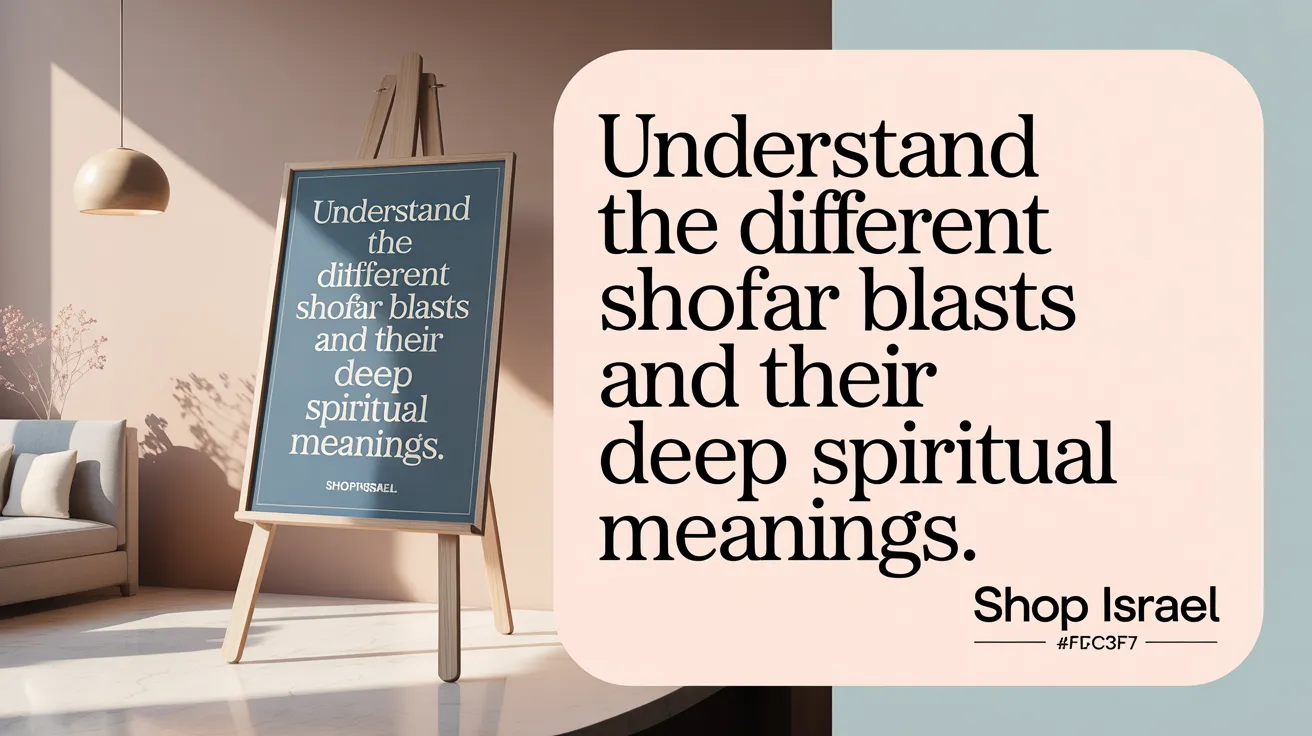
What are the different shofar blasts and their meanings?
The shofar produces four primary blasts that carry deep symbolic and spiritual meanings:
- Tekiah: A single, long, and unbroken blast. It symbolizes the sovereignty of God and serves as a majestic call to recognize divine authority. Learn more about the Distinct Shofar blasts: tekiah, shevarim, teruah.
- Shevarim: Three medium-length, broken wails. These evoke the sound of sighing or crying, symbolizing brokenness, repentance, and emotional stirring. See details at Shofar blasts types and spiritual meaning.
- Teruah: A rapid series of at least nine short, staccato bursts. This blast resembles an urgent alarm or alarm call, awakening the soul to spiritual awakening and readiness. For blowing techniques and instructions, visit How to blow a shofar.
- Tekiah Gedolah: A very long tekiah, extended far beyond the normal length. It serves as a profound, sustained call to spiritual awakening and represents hope for redemption. Read about Shofar sounds explained.
Symbolism and spiritual significance
Each sound is more than just a musical note; it reflects key themes in Jewish spirituality:
- Tekiah reflects God's exalted kingship and rulership.
- Shevarim conveys human vulnerability and the necessity of heartfelt repentance.
- Teruah is an alarm that rouses individuals from spiritual slumber.
- Tekiah Gedolah conveys a climax to the prayers, symbolizing ultimate awakening and the future redemption.
Mystical traditions relate the sound of the shofar to divine revelation, such as the blasts heard at Mount Sinai and the awakening of the soul’s higher consciousness. The ringing call is linked to the very breath of spiritual life and the prophetic calls to return to righteousness. For a detailed exploration, see The Mystical Resonance of the Shofar.
Role in liturgy
During Rosh Hashanah, sequences of these blasts are combined and repeated—usually totaling 100 blasts—to fulfill the mitzvah (commandment) to hear the shofar. Each blast serves as a spiritual summons that accompanies prayers, prompting reflection, repentance, and renewed commitment to divine service. The tekiah, shevarim, and teruah blasts articulate a symbolic dialogue between God and the people, making the shofar blasts a central and moving centerpiece of the High Holiday worship experience. For more about the mitzvah and liturgical context, see Laws of the Shofar.
Crafting the Shofar: Materials, Types, and Production

Preferred animal horns for shofars
The shofar is traditionally crafted from the horn of a ram, symbolizing themes like the Binding of Isaac and humility. Other kosher animals from the Bovidae family, such as the kudu, are also used, though horns from cows are excluded due to biblical concerns. These choices reflect religious and symbolic considerations. For more details, see Shofar: ancient Jewish musical horn, What Is a Shofar?, and Kosher Shofars.
Kosher requirements and certification
To be kosher, a shofar must come from a kosher animal and be hollow and undamaged, with no artificial coatings that would invalidate its ritual use. Its size generally must be at least 10 cm from mouthpiece to tip. Kosher certification from rabbinical authorities is often provided to confirm compliance with these requirements. More information can be found in Laws of the Shofar and Kosher Shofars for Sale.
Manufacturing process including hollowing and shaping
Making a shofar involves carefully removing the marrow and inner tissue. The horn is then shaped by heating and bending to a desired form while maintaining its natural state. A mouthpiece hole is crafted at the narrow end to enable sound production by lip vibration. The horn must be free of cracks or holes that would affect sound quality or ritual validity. See How to blow a shofar and What is a shofar? for detailed guidance.
Varieties of shofars by shape, size, and animal source
Shofars come in diverse shapes—curved, flat, spiral, or straight—with different communities preferring specific types. For example, Yemenite Jews favor kudu horns that are long and spiral-shaped, whereas Ashkenazic groups commonly use ram horns. The size influences ease of playing and sound tone but does not affect kosher status. For comprehensive information, visit Types of Shofars and The Shofar in Jewish Tradition.
Decorative and accessory items associated with shofars
Beyond practical use, shofars may be polished or even silver-plated for ceremonial display, though painting invalidates ritual use. Accessories include protective bags, stands, and cases which aid in storage and transport while preserving the shofar’s integrity and beauty. See Shofars for Sale and Shofar care and maintenance.
This careful blend of traditional materials, skilled craftsmanship, and adherence to halachic law ensures that the shofar remains a powerful and meaningful instrument in Jewish ritual life. For an overview of Shofar uses and significance and The Mystical Resonance of the Shofar, consult the resources above.
Legal and Halakhic Guidelines Governing Shofar Use

Who is eligible to blow the shofar?
The shofar must be blown by a ba'al tokeah—an individual who is learned in Torah and God-fearing. This expert must be accepted by the community to perform the blowing properly during the religious services of Rosh Hashanah. For more details on the role and qualifications of a ba'al tokeah, see Shofar blower qualifications and the role of the ba'al tokeah.
Halakhic rules for a valid shofar
A kosher shofar is made from the horn of a kosher animal, most often a ram. It must be naturally hollow and free of any coatings or paint. The horn needs to be free of cracks or breaks that affect the sound quality. Minor holes or patches are permitted provided the shofar's sound remains clear and recognizable. The hole at the narrow end is carefully made to allow blowing without altering its natural form. For comprehensive halakhic laws and kosher requirements for shofars, see The Laws of Shofar and Kosher Shofars details.
Restrictions on blowing on Shabbat and holidays
Blowing the shofar is prohibited on Shabbat and certain holidays, primarily because of the risk of performing forbidden labor such as carrying the instrument in public spaces. However, it is specifically commanded on Rosh Hashanah and Yom Kippur (at the end), so it is blown during these days unless they coincide with Shabbat, in which case rules adjust accordingly. More information about this can be found in Shofar and Shabbat prohibitions and Halakhic rules for shofar use.
The obligation to hear the shofar
The mitzvah centers on hearing the shofar blasts rather than blowing it. There is a requirement to hear specific sequences of sounds—tekiah, shevarim, and teruah—during Rosh Hashanah services. Adult males are obligated to fulfill this mitzvah, although women and minors are encouraged to participate. The shofar blasts serve as a spiritual call for repentance and divine Kingship. For details on mitzvah obligations and sound sequences, see Mitzvah of Hearing the Shofar and Shofar blasts types and symbolism.
Rules regarding damaged or altered shofars
Shofars that have cracks or dents are still valid as long as they produce the correct sound. However, artificial enhancements, such as paint or coatings, invalidate the shofar for ritual use. Repairs are permitted if they do not interfere with the blast's sound or the horn's natural shape. The shofar must always be in its natural curved form to fulfill the halakhic standards. For more on shofar construction and maintenance, see Shofar construction methods and Shofar preparation and kosher requirements.
This set of guidelines ensures the shofar retains its spiritual and ritual integrity, honoring the ancient tradition rooted deeply in Jewish law and practice. Further insights into the shofar's significance and tradition can be found in The Shofar in Jewish Tradition.
Spiritual and Symbolic Significance of the Shofar's Sound
What is the spiritual and symbolic meaning of the shofar?
The shofar's sound is deeply spiritual, acting as a celestial call to awaken the soul and inspire heartfelt repentance. Its piercing blasts are not just musical notes but a summons from God, representing His kingship and judgment. During Rosh Hashanah, the shofar proclaims God's sovereignty, urging moral reflection and renewal among listeners.
The shofar also carries profound biblical associations. It recalls the dramatic revelation at Mount Sinai when God gave the Ten Commandments, and it symbolizes the binding of Isaac where a ram was sacrificed, emphasizing themes of faith and divine mercy. Additionally, its blasts serve as a somber reminder of the destruction of the Jerusalem Temple, invoking a desire for restoration.
From a mystical perspective, Kabbalistic teachings link the shofar’s sound to the original divine breath that created life, suggesting the instrument’s tone embodies spiritual repair and unification of the soul. This spiritual breathwork connects the physical sound to a cosmic source, deepening its meaning.
Finally, the shofar's blasts point forward to future redemption. The horn is a symbol of hope and renewal, heralding the coming of the Messiah and the gathering of exiled souls. Its sound awakens a collective aspiration for peace, healing, and salvation, sustaining Jewish faith and inspiring communities worldwide. For more detailed exploration of the shofar's symbolism and spiritual significance, see this comprehensive resource.
The Shofar in Modern Context: Campaigns, Cultural Roles, and Public Presence

How is the shofar used in modern times and cultural contexts?
Today, the shofar holds a unique place beyond its traditional ritual usage. Campaigns such as those initiated by Chabad's Shofar campaign starting in 1953 actively promote public blowing of the shofar. These efforts bring the shofar’s sound into hospitals, prisons, streets, and other public places worldwide, aiming to inspire spiritual awakening and communal connection (Chabad's Shofar campaign.
The shofar also carries significant symbolism in modern Israeli history. During pivotal events like the Six-Day War in 1967, the sounding of the shofar marked moments of triumph and renewal, such as during the conquest of Jerusalem. This historic association reinforces its role as a symbol of victory, identity, and hope within the Jewish nation, as discussed in Shofar's role in modern political and cultural events and shofar and Jewish sovereignty.
Culturally, the shofar has crossed into secular arenas as well. It appears in music, films, and political rallies, often representing themes of resilience and spiritual awakening. This broad cultural adoption shows its versatility as a symbol connecting Jewish heritage to contemporary contexts, as described in shofar in music and films and shofar in popular music.
The COVID-19 pandemic presented challenges to communal worship, but it also spurred innovative adaptations. Communities held outdoor shofar blowings in parks and streets, blending ritual observance with public health safety. These gatherings were powerful affirmations of faith, community resilience, and cultural assertion during a time of widespread uncertainty, detailed in shofar during COVID-19 pandemic.
Through these diverse uses, the shofar continues to resonate as a living emblem that bridges history, spirituality, and modern Jewish life. For deeper understanding of the shofar’s multifaceted significance, see The shofar in Jewish tradition and The mystical resonance of the shofar.
The Enduring Legacy and Continued Relevance of the Shofar
The shofar remains a powerful emblem of faith, history, and spiritual awakening within Jewish tradition and beyond. From its biblical origins to its use in contemporary religious worship and cultural expressions, the shofar’s stirring sounds continue to inspire reflection, repentance, and hope. Meticulously crafted from kosher horns and cherished as a sacred obligation, the shofar bridges ancient ritual with modern identity, calling each generation to listen deeply and awaken to purpose and renewal.
